When you think about leftovers, you might think of last night’s takeout containers sitting on the counter waiting to be tossed in the trash. Well, think again. In these high-inflation days that have seen the cost of groceries skyrocket and you’re wondering how you can cut your costs, leftovers can become a great way to slice your shopping bill by a big old chunk. That’s especially welcome as we approach the festivities of the holidays, which can really stretch your finances. Read on and discover some delicious leftover food hacks – your purse will thank you, as well as your belly.
Lovely leftovers pizza
Ever met anyone who didn’t like pizza? OK, it’s possible – we’re all different – but for the vast majority, pizza is a go-to at least once a month. It’s also a great format for leftovers – and what doesn’t taste better with tomato sauce and cheese on top? Right?
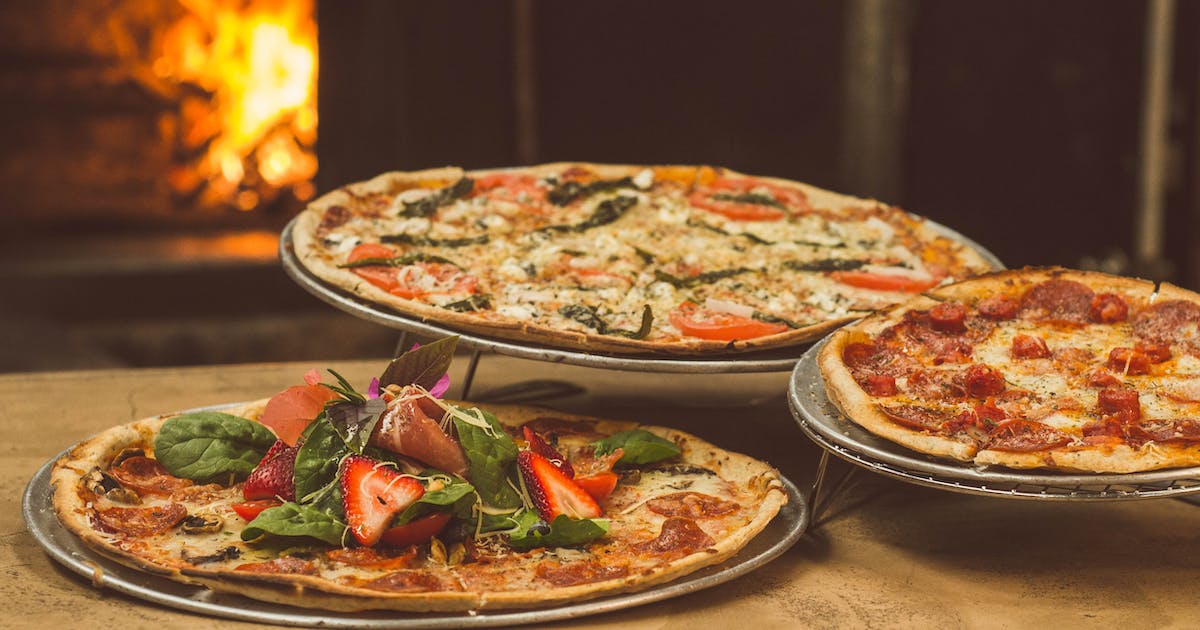
You can use up remaining wraps or flatbreads if you don’t have any bases. As for toppings, maybe try a few sliced mushrooms or some spinach, the last slice or two of sandwich ham or salami, even the dregs of a tin of tuna. See how far your creativity – and your leftovers – can take you.
Make the pest-o of everything
Forgive the terrible play on words, but you can make the best of veggie leftovers by making pesto. The green sauce gets its name from the Italian verb pestare (to crush). Whether it’s wilting spinach, leftover rocket, or those carrot tops you never know what to do with, chuck it in the food processor and away you go.
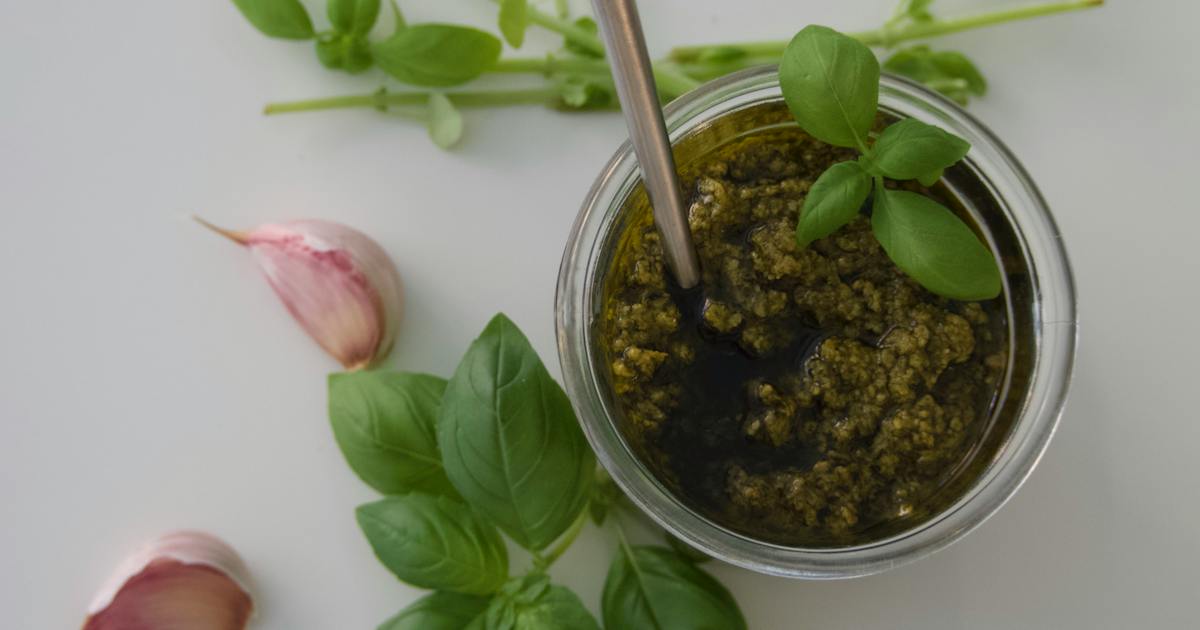
You’ll also need pine nuts, garlic, olive oil, and Parmesan, but those are staples in most kitchens. If they aren’t in yours, they’re a great stock item to have and can be the difference between toast (again), and a tasty bowl of pesto and pasta. Quick and easy to make, and so versatile.
Odds-and-ends casserole
Granted, it might not sound appealing, but see it through, because a casserole is a great way to use up remaining vegetables and that last bit of rice. Couple of wizened carrots, celery ends, half a pepper, the handful of lentils in the jar – or any grains or pulses, for that matter.
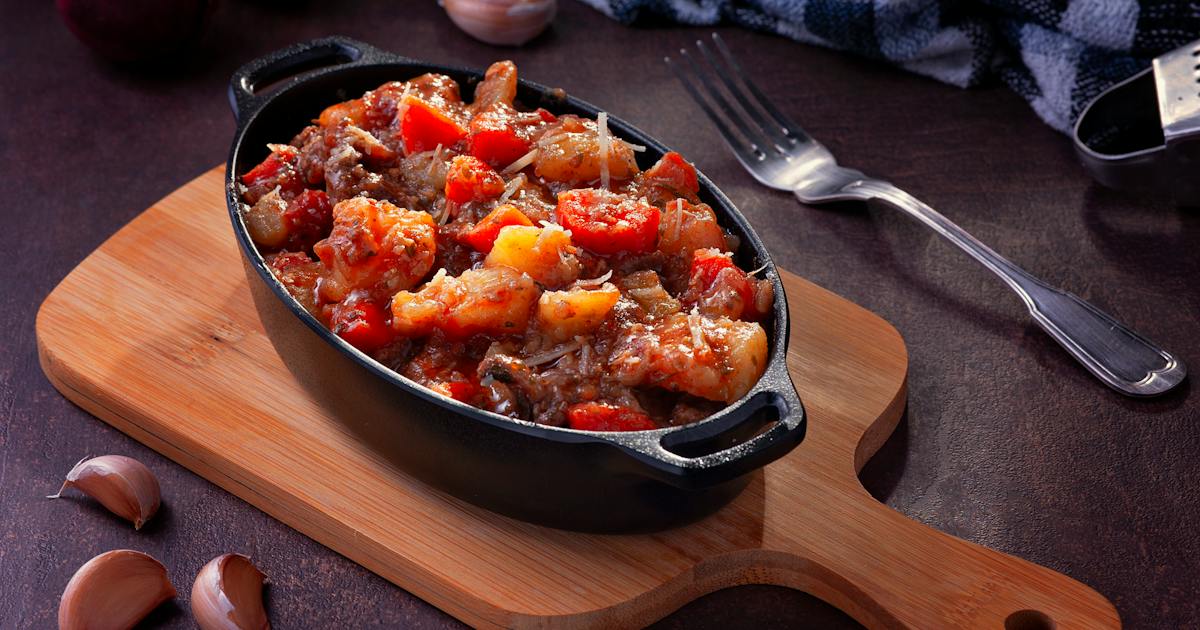
Items like tinned beans, chopped tomatoes, stock and seasoning can be combined with leftover veggies to make a tasty casserole uses up a lot of what would otherwise end up in the trash. Casseroles are a really simple way to knock up a delicious dinner for next to no money.
Store your leftovers smartly
It might be common sense to some, but leftovers are sadly often thrown out because they weren’t stored properly – if at all. Admit it, at the end of a meal you quite regularly just want to leave the mess, but it won’t clear itself. Plus those leftovers might save you another night of take-out.
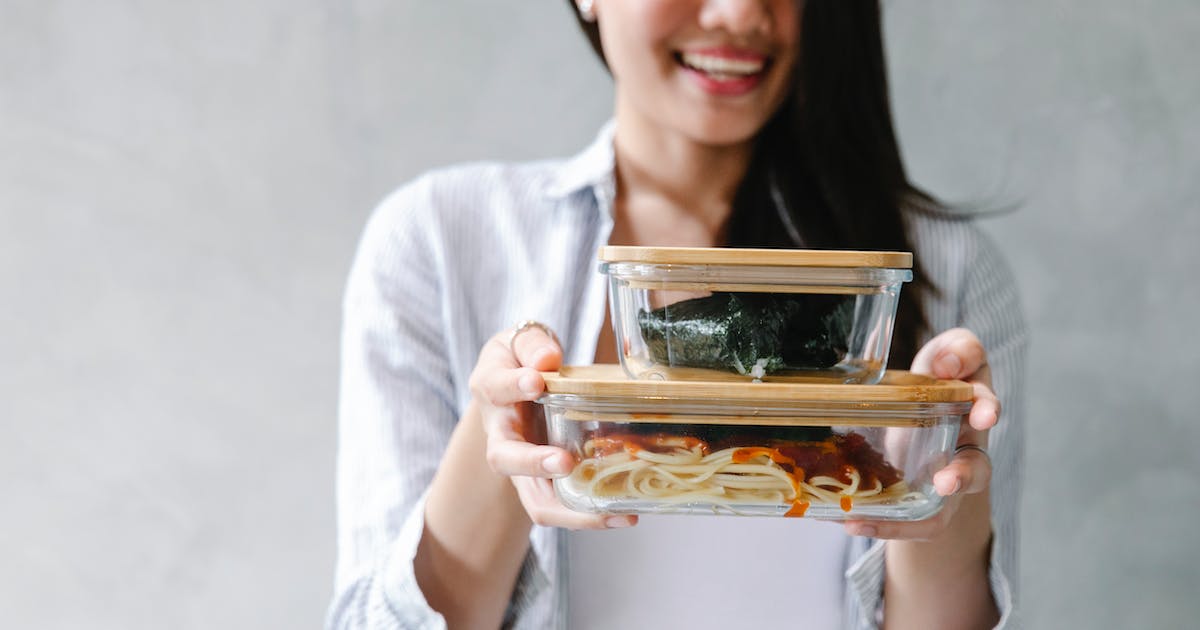
Glass storage containers are brilliant – they can be a great way to see what is left. Zip-top gallon bags are lighter and more flexible if you need to fit something into a smaller space in the freezer. Either way, having the right kit can keep your leftovers fresh. Just be sure to date it.
Stock up on stock
Traditionally, stock is made from bones, but you can create a flavorful vegetable stock that forms a great foundation for all manner of dishes. If you usually toss peelings and tops into the compost, don’t – they can make a stock that can become soup, stew, a slow-cooked chili … the list goes on.
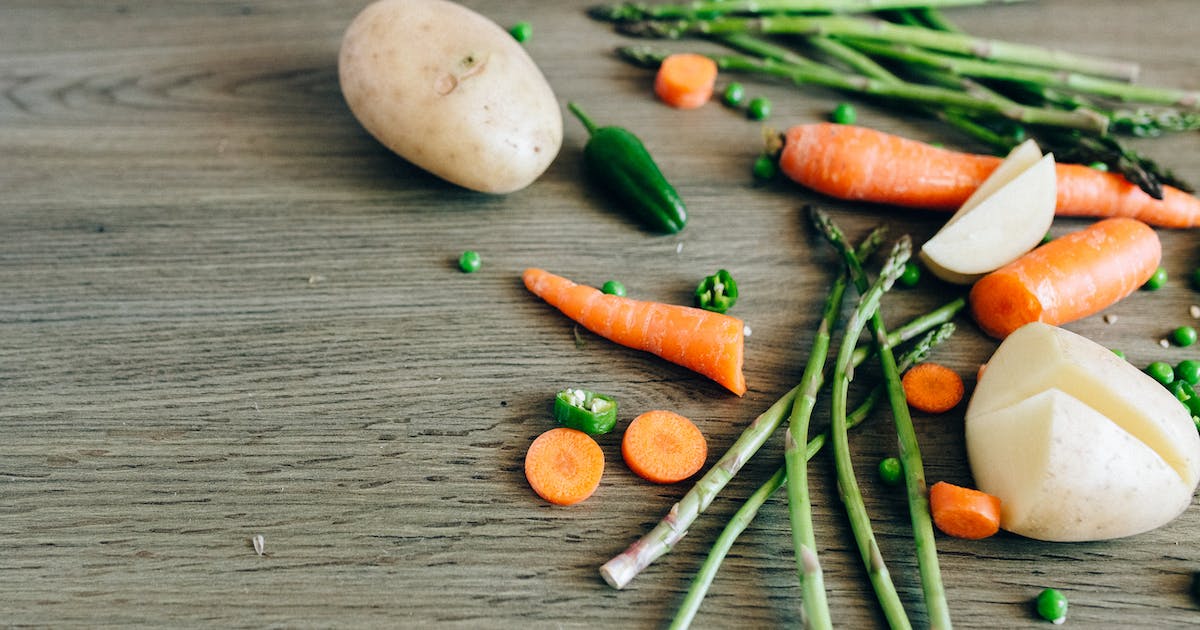
The simple approach is to pop your veggie scraps in a zip-top bag in the freezer. Once it’s full – or once a week, if you prefer routine – pop it in a heavy-bottomed pan and cook for an hour or two, with some seasoning and a bay leaf. Your stock can be frozen or used fresh.
Enjoy those cauliflower leaves
How often do you discard the leaves from a cauliflower and just eat the florets? Guilty as charged? We’ve all done it. However, you’re missing a trick – and a tasty treat – by overlooking those green beauties. The leaves of a cauliflower are pretty versatile as a vegetable, just like other leafy greens.
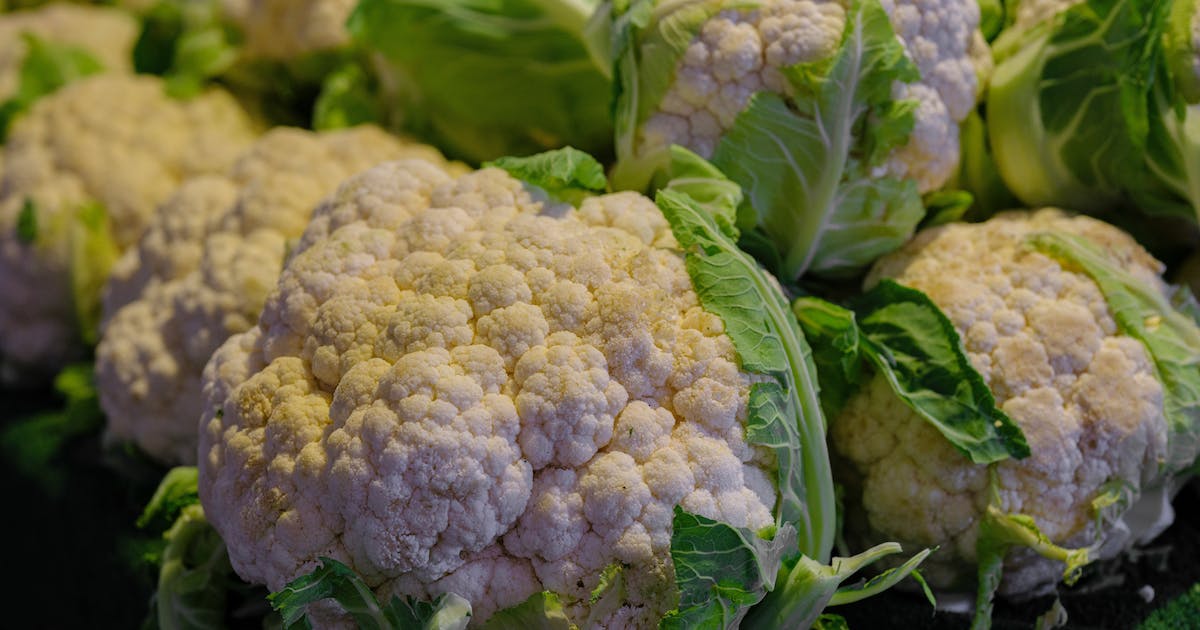
Chop them up to chuck into a stir fry, roast them with your favorite spices (we like cumin), or steam them as a side dish with a pinch of rock salt to serve. Honestly, it will feel like a revelation – and you may find yourself mourning all the wasted leaves in the past.
Every last drop of the jar
Some might think this is scraping the barrel – almost literally, in fact – but when you’re trying to make every last dime count, or you really hate food waste, this tip is a treasure. It’s possible to get that last bit at the bottom of the jar without the tiniest spatula ever seen.
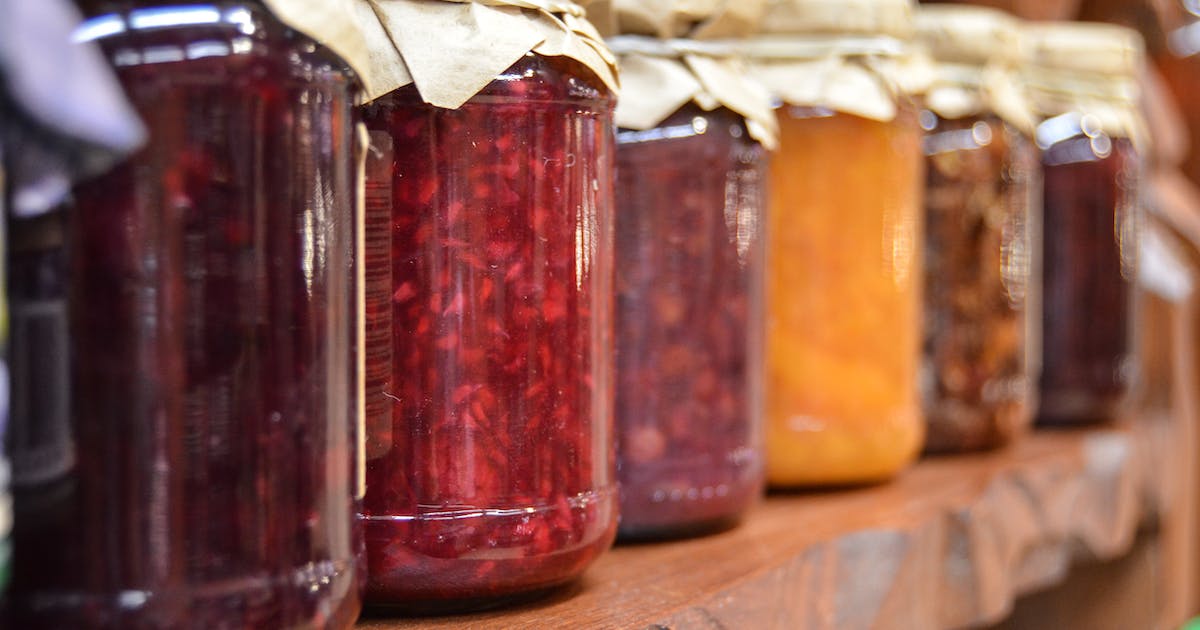
Simply add olive oil, apple cider vinegar, honey and seasoning to your mustard bottle, or use olive oil, balsamic vinegar, shallots and fresh thyme in the chutney jar. A quick shake, and you’ve got an instant vinaigrette for your salad. For reference, traditional French vinaigrette is one tablespoon of vinegar to three of olive oil.
Add some fruity fun to your water
A lot of people find water to be a rather dull drink – they prefer a soft drink or a coffee, something with some flavor. However, water is healthy, it’s often free (primarily from a tap) and it’s not full of nasty additives and chemicals. If you’re still unconvinced, you could try adding a fruity twist.

Strawberry tops, orange/lemon peel, those scrappy bits of fresh ginger: all can be left to infuse in your water overnight, then the next morning you have a refreshing, fruity water to keep you hydrated and happy. You could mix it up a bit and add basil or mint as well. Go for it.
Knock up a salad
We all get bits and pieces of food that don’t make a full meal up, but seem a shame to waste. A leftover spoonful of pasta or quinoa, bits of cheese, little scraps of cooked meat, the end of a head of lettuce. There are always odds and sods, to use one expression.
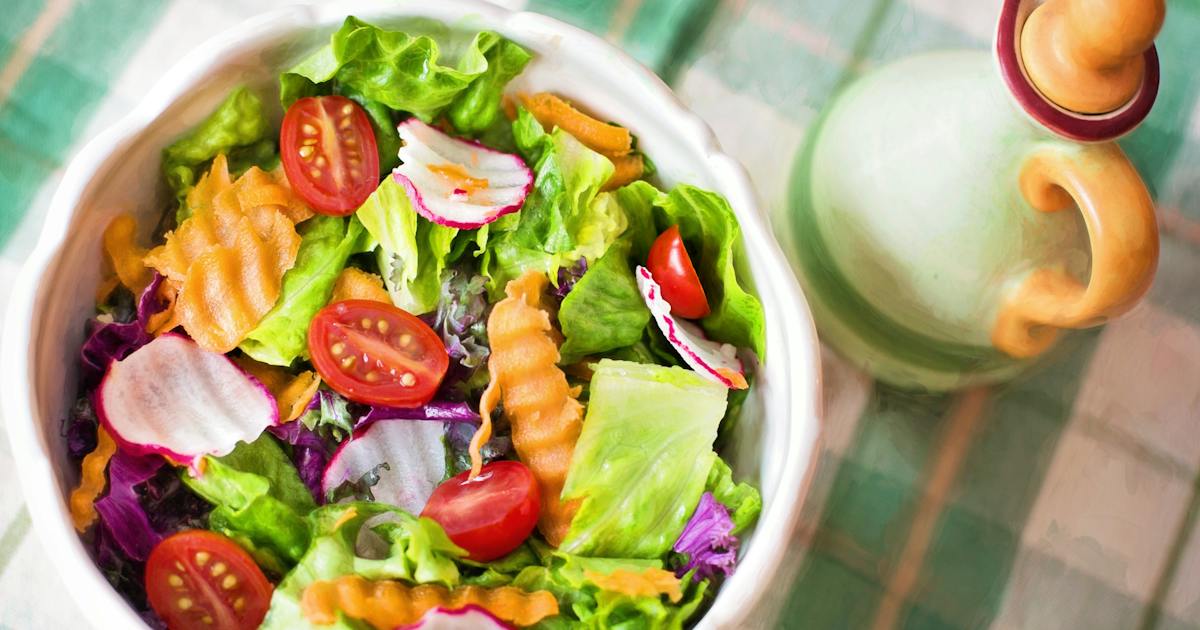
One of the simplest ways to use these tasty morsels is to pop them into a salad. It’s amazing how nice it can look when you mix your little nibbles of remaining chicken or fish with some idle cooked pasta, a few loose cherry tomatoes and some romaine lettuce, for example.
Chutney up your watermelon rinds
Watermelon is a refreshing, healthy snack in the summer and it feels exotic and cheerful. Yet that hard green exterior usually ends up in the compost. So here’s an astonishing thought – you can make the leftover white rind into chutney!
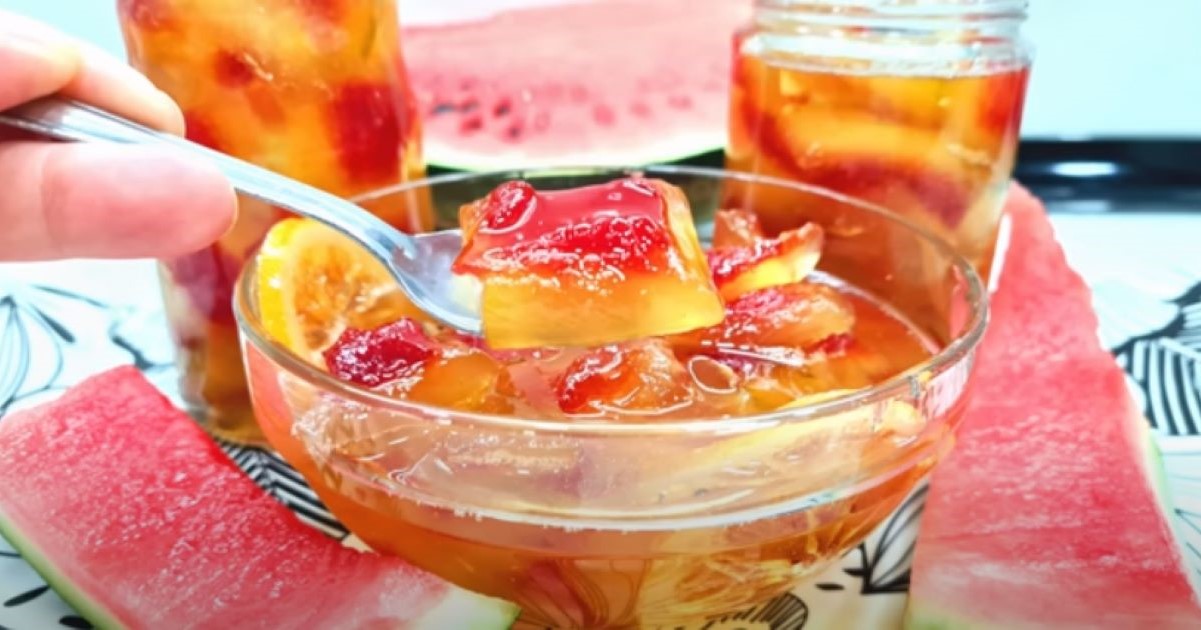
Watermelon rind is a common condiment in Serbian culture, known as slatko lubenice. You can also pickle it, ferment it or make it into gazpacho soup. You can even make watermelon rind candy! Who knew watermelon rind is so versatile? You’ll think differently next time you buy one.
Go bananas for the skins
Have you ever been taken aback at the sight of a gorilla eating a banana whole, skin and all? Well, they’re not daft, those gorillas. Ripe banana skins are thin and sweet, and they taste great in a banana loaf.
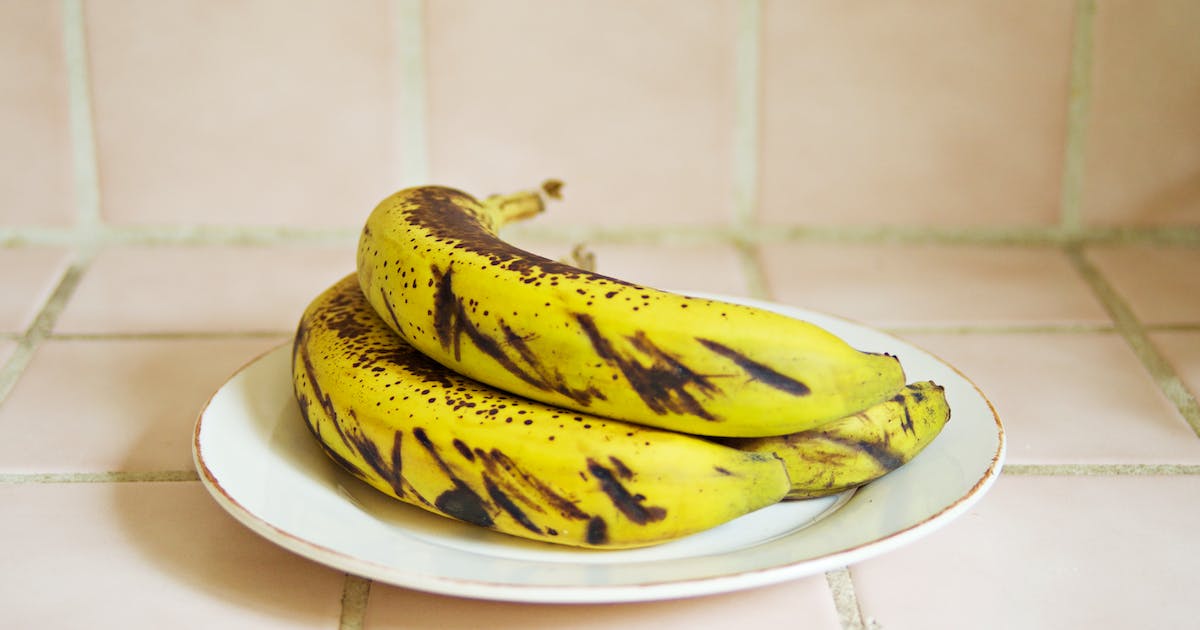
You can also drop them into your smoothie for extra fiber (always helpful to keep you regular), and they make a great chutney to go with cheese. So don’t automatically toss the peel – consider how else you might use it.
Don’t curb your herbs
Fresh herbs add another dimension to meals, whether added to the cooking process for flavor, or sprinkled on top to dress a dish. Unfortunately, they don’t last as long as the dried herbs, and life can sometimes get in the way of our best intentions.
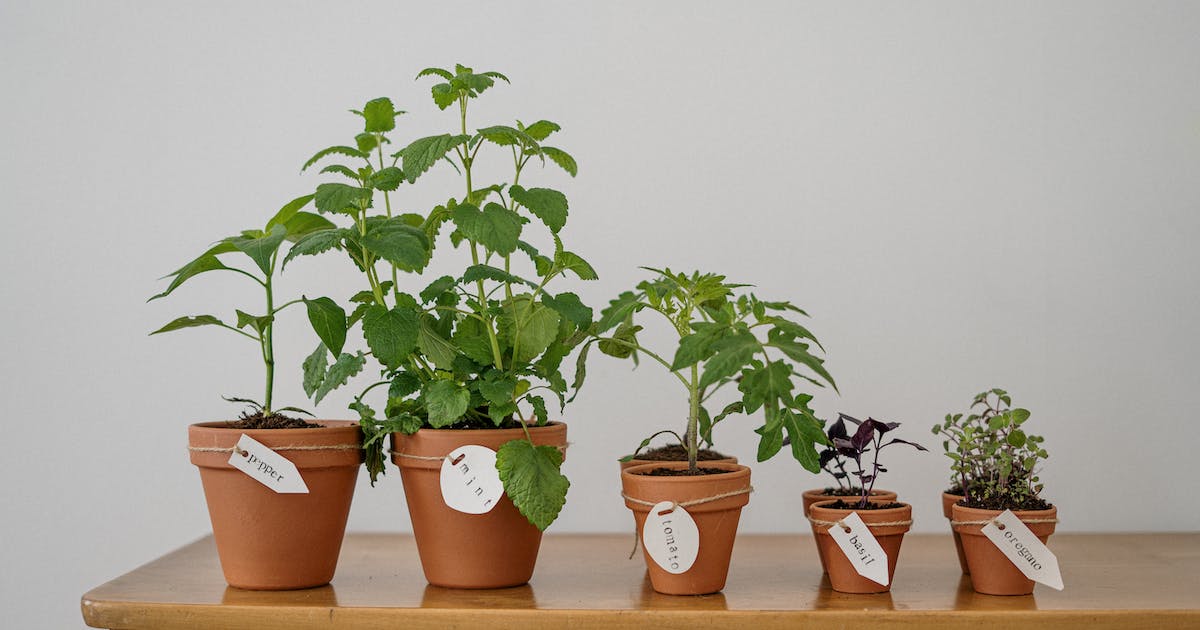
Don’t worry if you’re left with past-their-best herbs, though. You can dry them, chop and freeze them, or even infuse them in olive oil (that last being especially helpful if they’re not looking their freshest anymore). With so many herbs to choose from and buy, it makes sense to keep what you’ve paid for.
Infused for great grain flavor
It makes sense when you think about it … if you’re using the leaves of fresh herbs in your meal, why not add the stems to the pot when you’re cooking your grains? Whether that’s long-grain rice, a portion of couscous or maybe some pearl barley, it’s a delicious option.
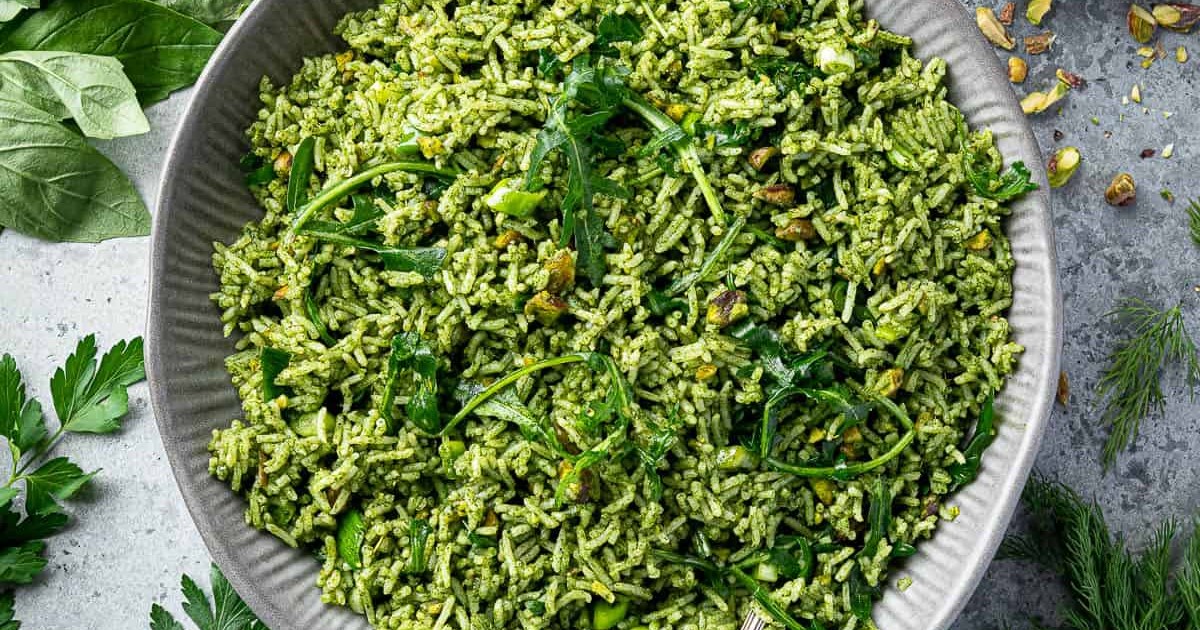
Let’s say you’ve got the beef chili on the stove and a bunch of fresh cilantro to flavor and dress it with. Don’t toss the stems – add them to your rice water (or whatever grain of choice you’re preparing). It will also make for a tasty snack if eaten solo. Yum.
Stalking in the soup sense
That might sound weird, but we mean using the stalks from the broccoli to make a whole extra dish. Even if you eat the florets whole, the stalks can make a tasty soup. And there’s normally a big old hunk of it to use up, which is a great little food hack.
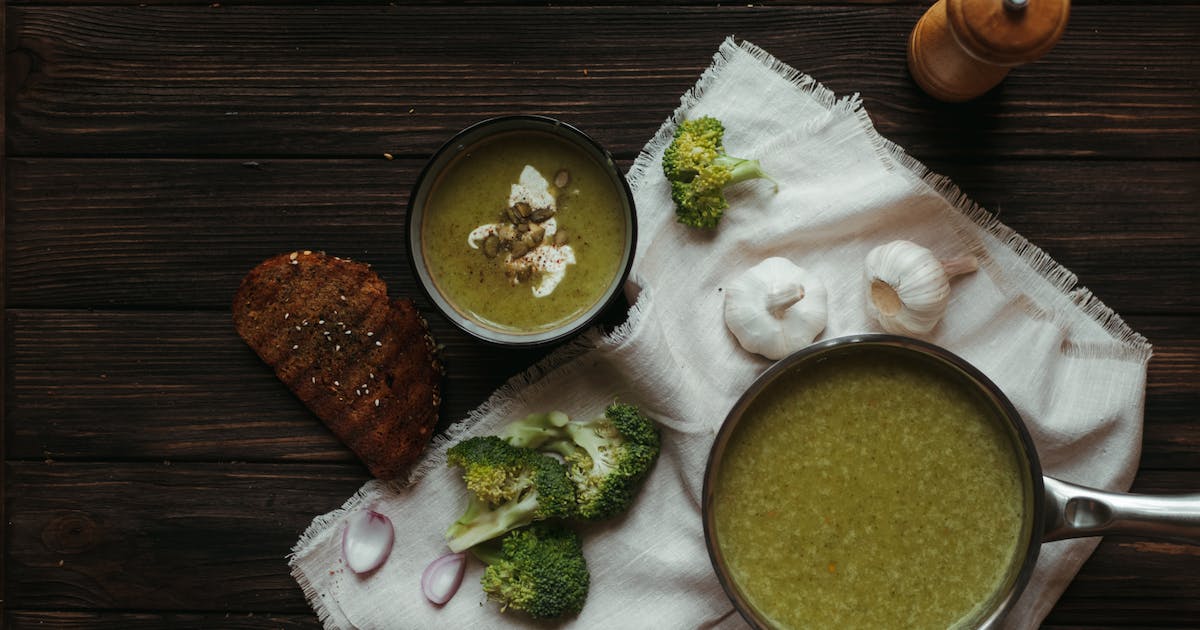
Just boil down with some root vegetables and veggie stock, plus a good dash of seasoning, and you’ve got a nutritious, delicious soup. And if you happen to have a chunk of aging blue cheese, or a dollop or two of sour cream that needs finishing, use that too, it’s a flavor sensation.
Go citrus skin(ny) dipping
Alright, we know, it’s another dreadful pun. But the point remains, the idea of using your orange, lemon or grapefruit peel for something good is worth considering. There are plenty of options, and citrus fruit comes in lots of shapes and sizes.
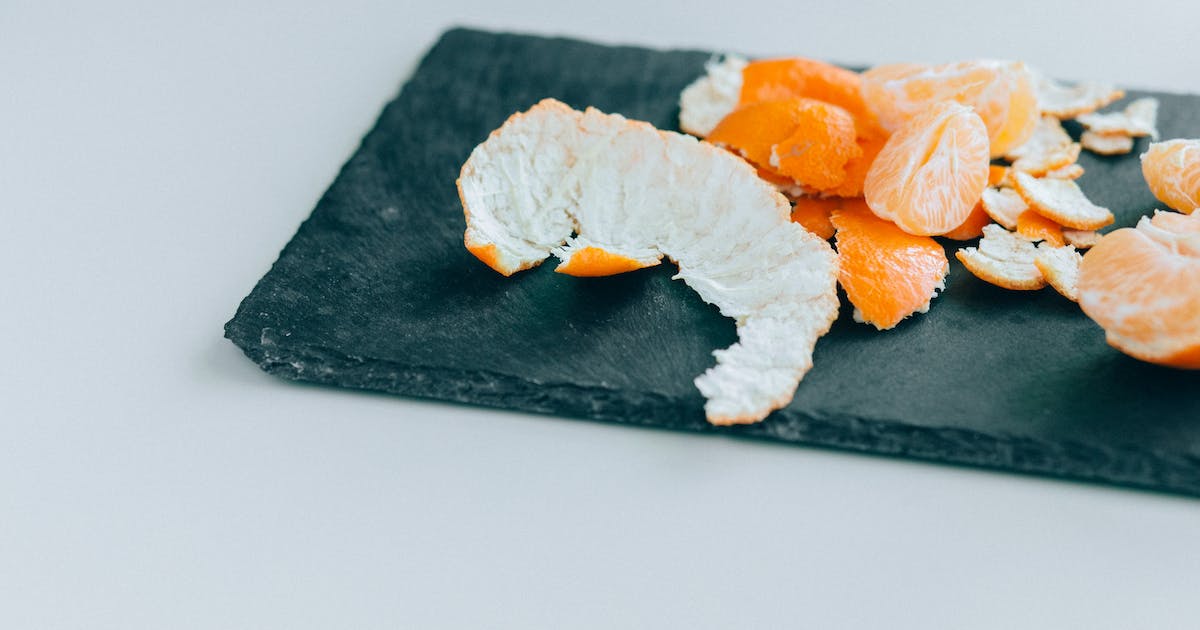
Boiled up with sugar and water, citrus peel makes a lovely syrup for an orange and date loaf or lemon drizzle cake. Maybe infuse with a decent vodka or gin, or dry out for iced tea. They’re great for cleaning your microwave or your stove too – much more pleasant than chemical cleaning products.
Potato chip a-peel
Yep … another play on words, but those peelings from your potatoes can be easily turned into tasty chips. This quick and simple snack is so obvious you’ll wonder why you didn’t do it sooner. It’s healthier than store-bought chips, and much cheaper.
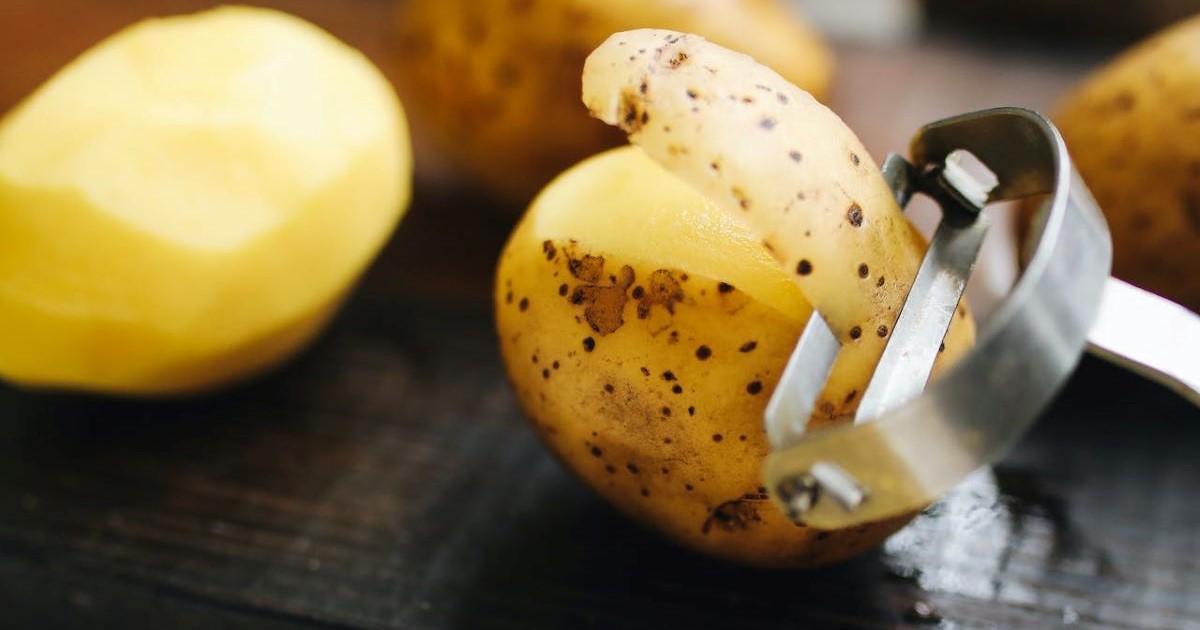
Rinse the peelings off and pat dry, then roast them with a good splash of oil and some flavor such as paprika. You can even keep it simple and sprinkle with good old rock salt. It works with any root veg, like beetroot or sweet potato – it’s even good with Brussels sprout leaves!
Joyous jelly from fruit peelings
If you’ve made a pie or pudding and you’ve got apple peelings left over, or maybe the tops of some strawberries, consider making a delicious fruit jelly. There’s never a wrong time for a PBJ sandwich for example, and it’ll taste all the better if homemade.
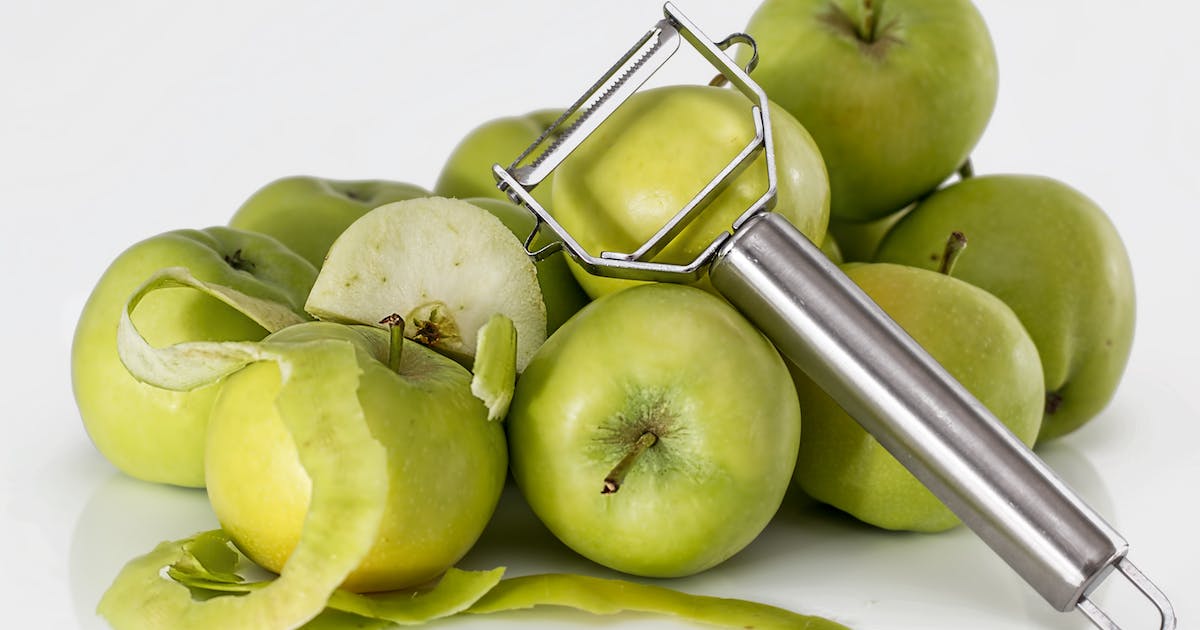
Mixed fruit jelly is a tasty way to use those fruit ends. It’s easy to boil down your peelings with some sugar and lemon to make jelly, and so satisfying. You’ll know exactly what’s in your jelly, unlike the store-bought jars, and it will taste better for your frugality. Give it a try.
Reuse those coffee grounds
For many of us, the ritual of making a morning coffee is a must, priming us for the day ahead. Lots of us compost the grounds, but plenty end up in the bin. It seems daft if you’re a coffee lover to throw the grounds away.
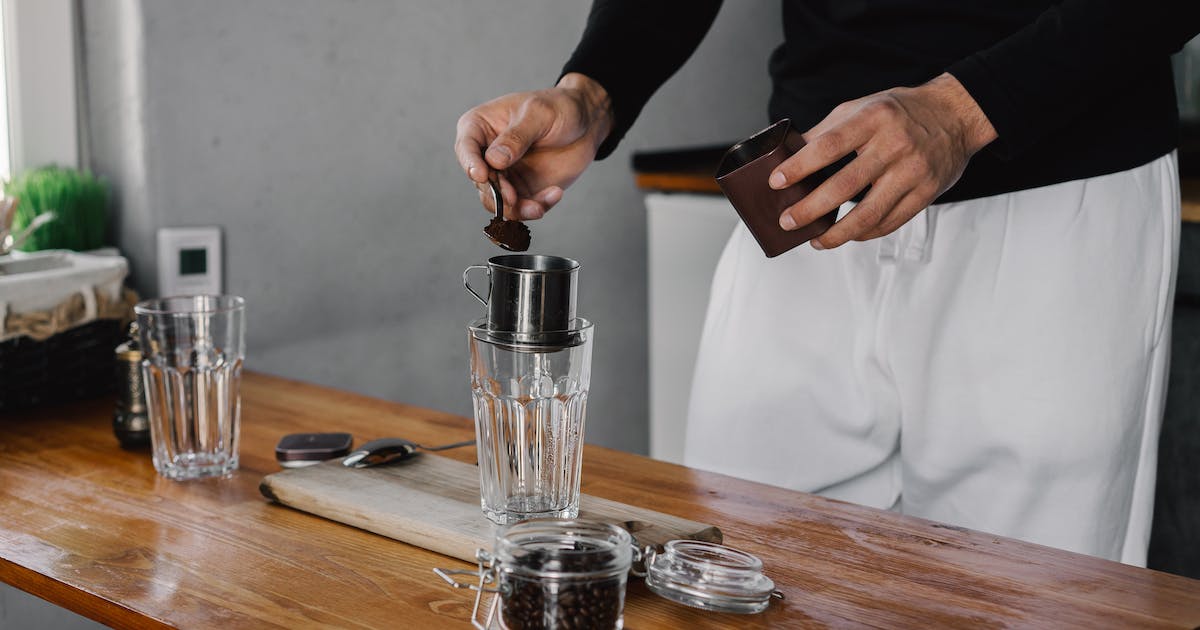
Did you know that instead of tossing your grounds, you can pop them in a resealable bag in your fridge, then whip up a batch of espresso brownies or some coffee-ground biscotti? Great with a coffee … which you’ll totally have earned, having put your old grounds to such enjoyable second use.
Super scraps smoothie
Ignore the name – as Shakespeare said, a rose by any other name would smell as sweet. The same with smoothies … once all the bits are blended down it’s still yummy, and you can feel smug at being so healthy and economical.
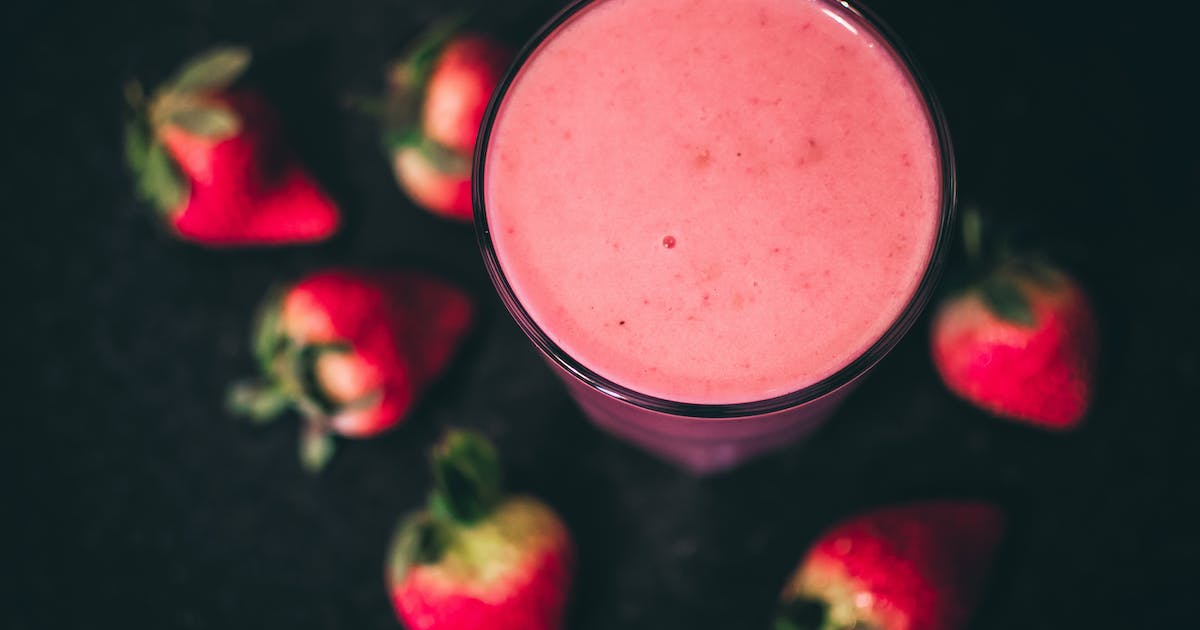
A whole strawberry, stem and all … an apple, including the core? A smoothie is a great way to use all the parts you’d otherwise chuck in the waste disposal unit. It looks so appetizing in smoothie form and it’ll add flavor and fiber to your diet. It’s kind of a no-brainer, to be honest.
Treat your tea gingerly
If you’re a lover of fresh ginger you’ll know what a fantastically flavorsome warmth it adds to a curry or a stir-fried dish. There are plenty of nutrients and benefits to it too – it’s been used for centuries as a herbal remedy.
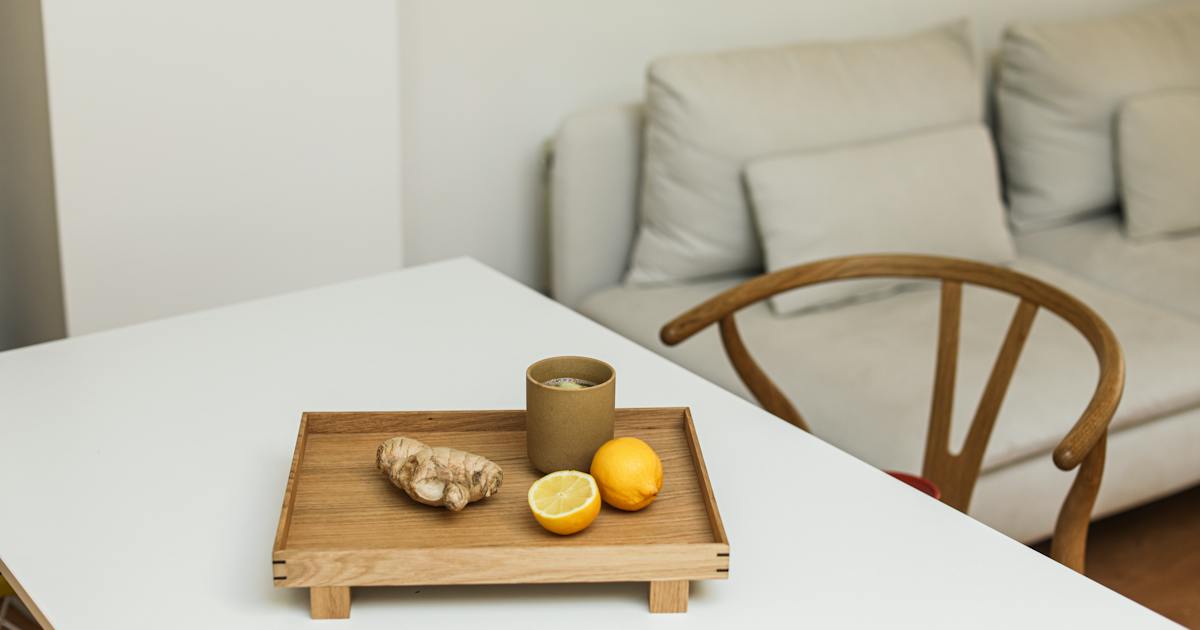
Next time you’re about to toss out the peelings from your fresh ginger, try this instead. Steep them in just boiled water for five minutes for a comforting cup of ginger tea. Add a squeeze of lemon for extra zing. It’s a fab pick-me-up, and it’s brilliant when you’ve got a head cold.
Don’t be a pickle about pickling
What could be nicer than the tang of a tasty gherkin, or a side of pickled beetroot with your jacket potato dinner? Pickling fruits and vegetables has been used to preserve food for centuries, as far back as 2400BC in ancient Mesopotamia.
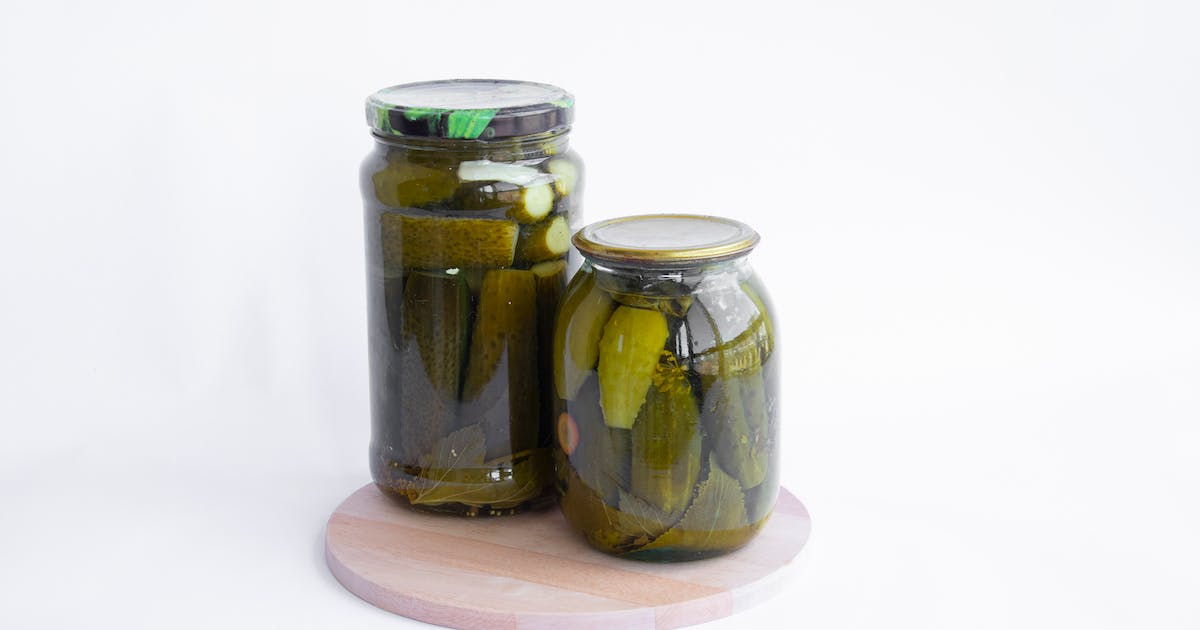
What’s more, you can pickle all kinds of food, from the traditional beets through to strawberries. Pickling in vinegar or brine is a great way to stock up your pantry with very little cost or effort. You can even use the leftover pickle or brine from a previous jar – it’s that smart.
Don’t just throw it … regrow it
Spring onions are a pretty topping on lots of dishes, adding a tasty extra bite of flavor and a certain visual appeal at the same time. Yet while the stems get chopped up and consumed, the little bulbs and dainty roots get chucked in the trash. It’s a bit sad.
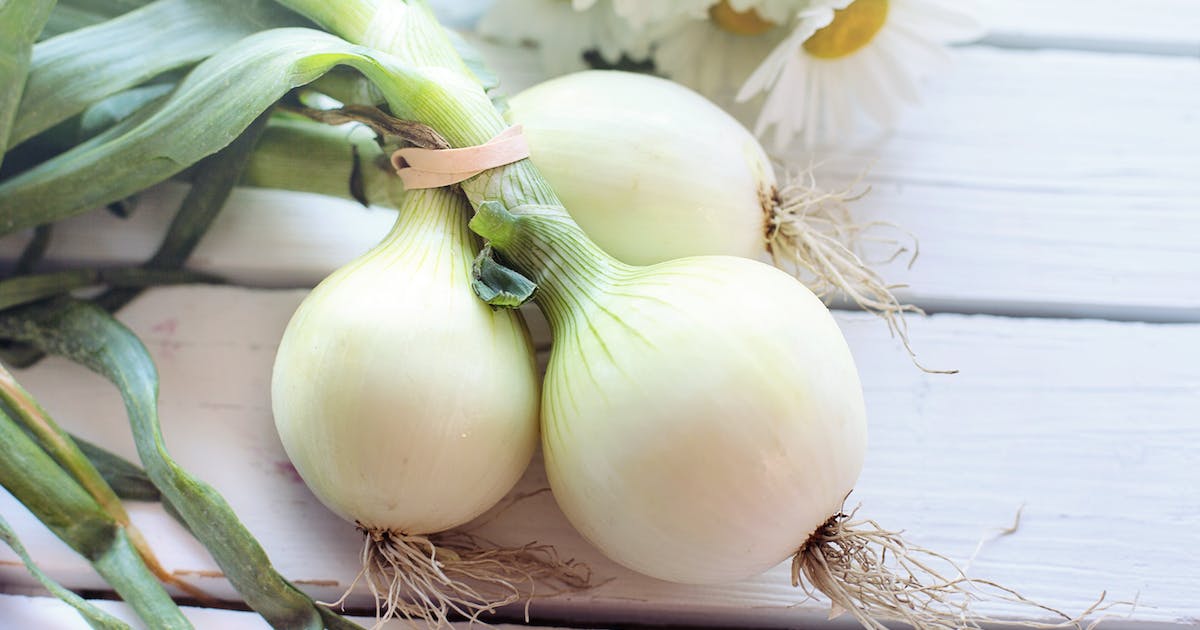
Next time, put that cute little bulb in a glass with a bit of water – enough to cover the roots but not the stem – and leave in a sunny spot (changing the water most days). You’ll get a second set of spring onion sprouts. You can also do this with carrots, lettuce, and celery.
Freeze extra yogurt for a smoothie
It’s said that it can be cheaper to buy in bulk – and if you look at the price by weight, the bigger items are cheaper than the more conveniently smaller ones. However, if you haven’t used all of that larger size, the value isn’t there.
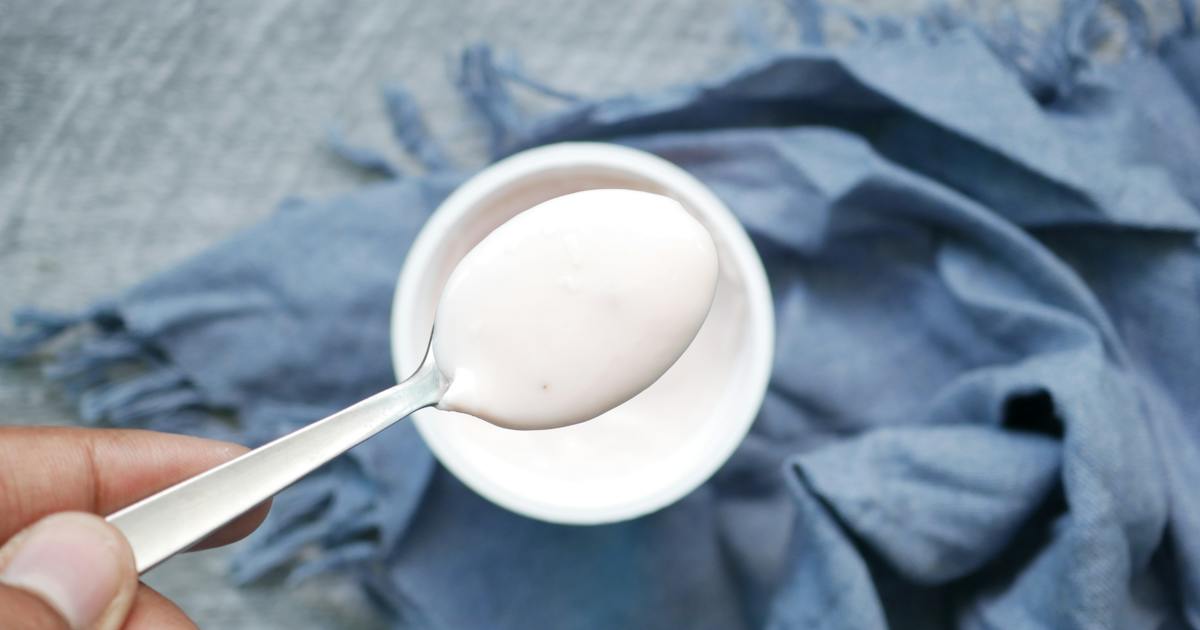
Take yogurt – you bought a big tub with all those great intentions, but time got away from you. Don’t throw it even if it’s hit the recommended use by date. Plain, fat-free Greek yogurt can be portioned into ice cube trays and popped in the freezer to be used in smoothies.
Stale bread isn’t wasted bread
If you treated yourself to a lovely loaf of bread from your local deli or bakery but you’ve not gotten round to finishing it, there are a few options open to you. The first is obviously popping it in the freezer and using it in future. The second is toasted cheese, which is always nice.
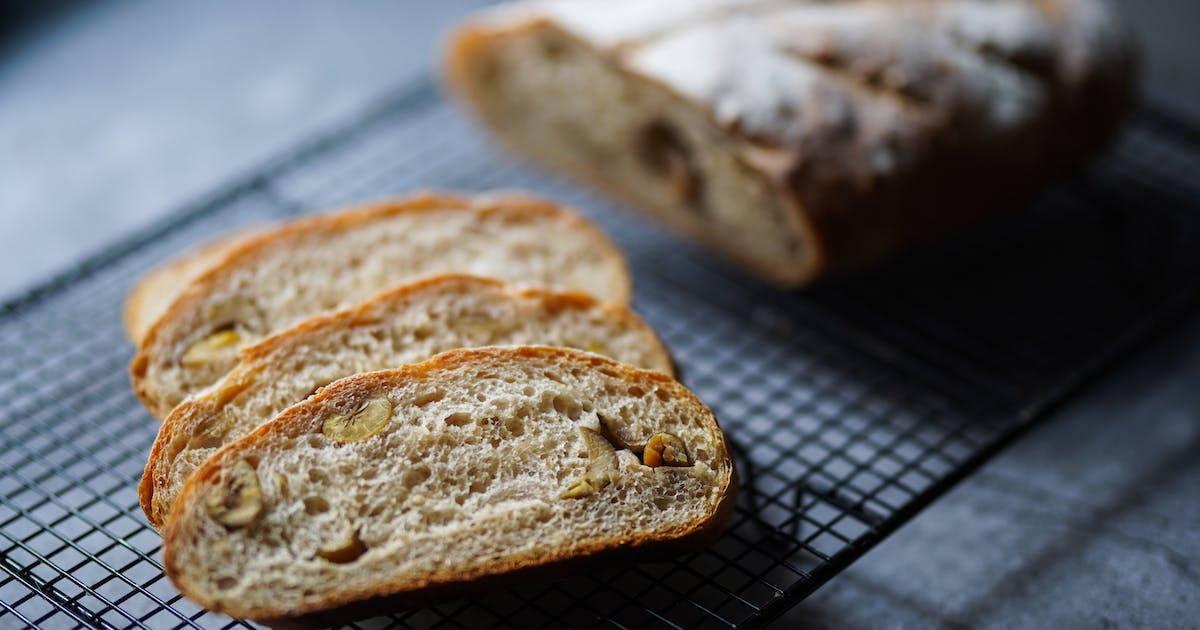
But if you’re out of cheese and the freezer is full, try halving your loaf crosswise, drizzle it with olive oil and rub it with the cut side of a halved ripe tomato. Season it and wrap in foil, and bake until warm. Grab some balsamic vinegar to dip it into. Delectable.
Reuse the pit to keep guacamole green
It’s the green goo that’s great spread on toast, sliced into wedges with salmon and eggs or simply blended into guacamole. The humble avocado has so many uses, and it’s full of health-boosting unsaturated fats. However, we usually think of the thick brown pit as being useless.
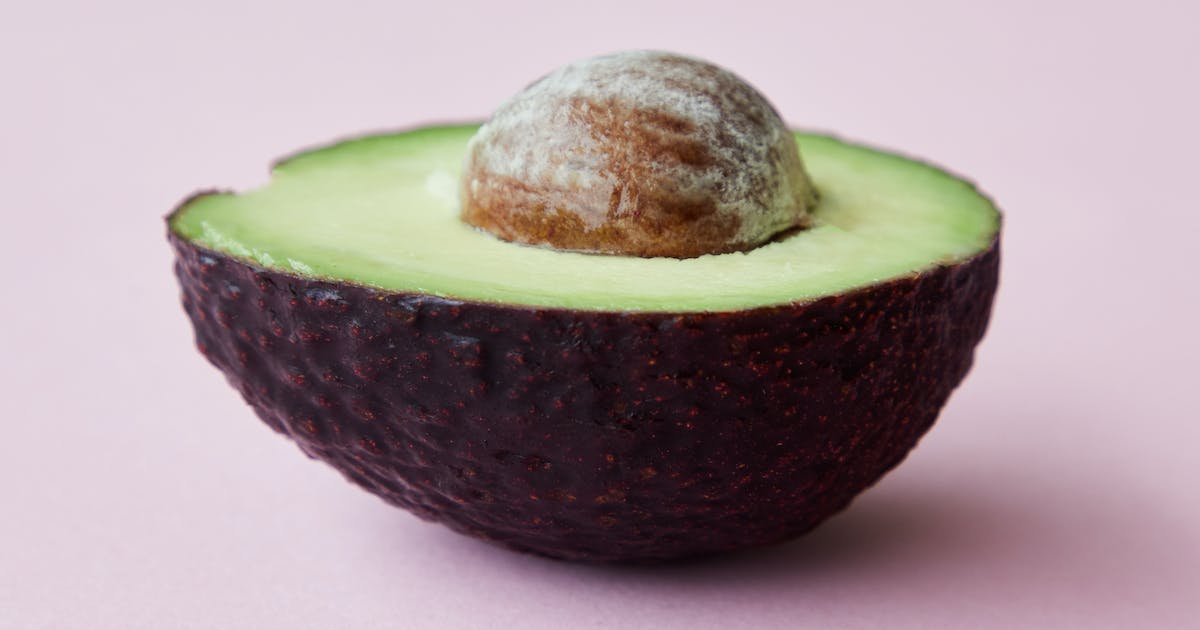
It can be tricky to keep your guacamole or half-cut avocado looking green and appetizing, though. Instead of throwing the pit away, keep it with the guacamole or unused avocado. It helps reduce oxidation (when the outside goes brown), and you can enjoy it a bit longer.
Keep that cooking water
For most of us, boiling vegetables is part of dinner prep that ends with the cooking water being tipped away. Well, if you’re keen to maximize your leftovers, this is an error you should hold off making in future. That water is full of the flavor and nutrients that have leached out during cooking.
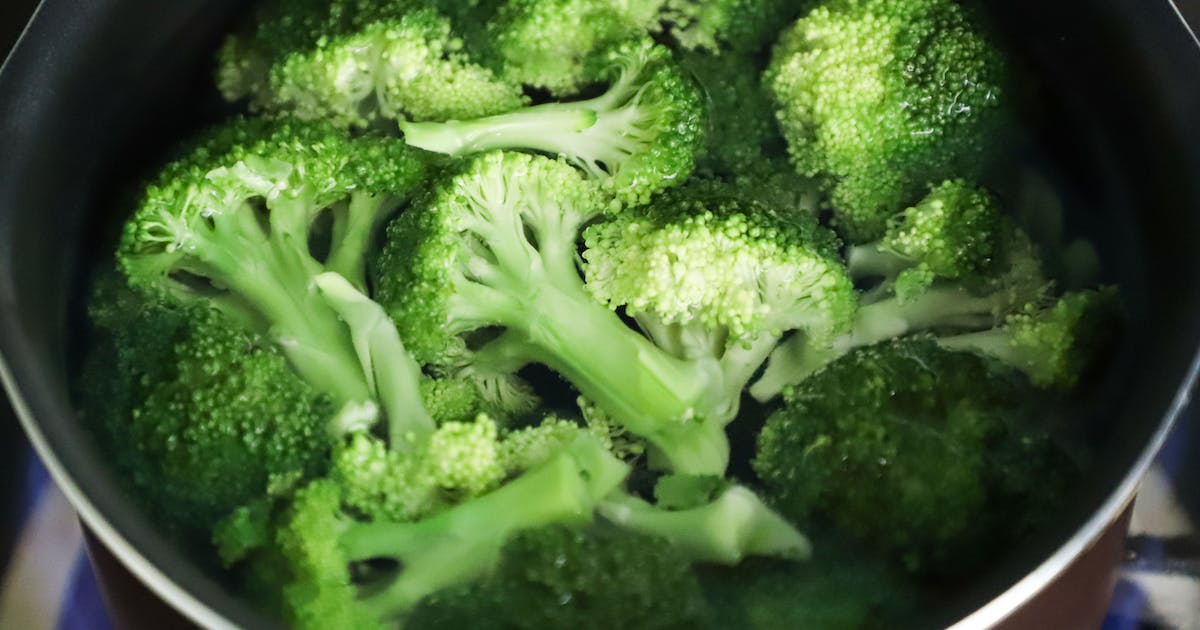
So use that leftover cooking water as a base for soup – it’s effectively stock, healthier than store-bought options and more nutritious with less sodium. Even if you’re not in the mood for soup (or you don’t like it), you can use the water to sauté chicken or fish, saving you oil to boot.
Make bone broth from roast remnants
It’s so easy when you’re clearing up after a big meal to throw everything in the trash – especially if you’ve had a whole roast chicken, or similar. Those bones can be very useful though, so don’t just toss them away.
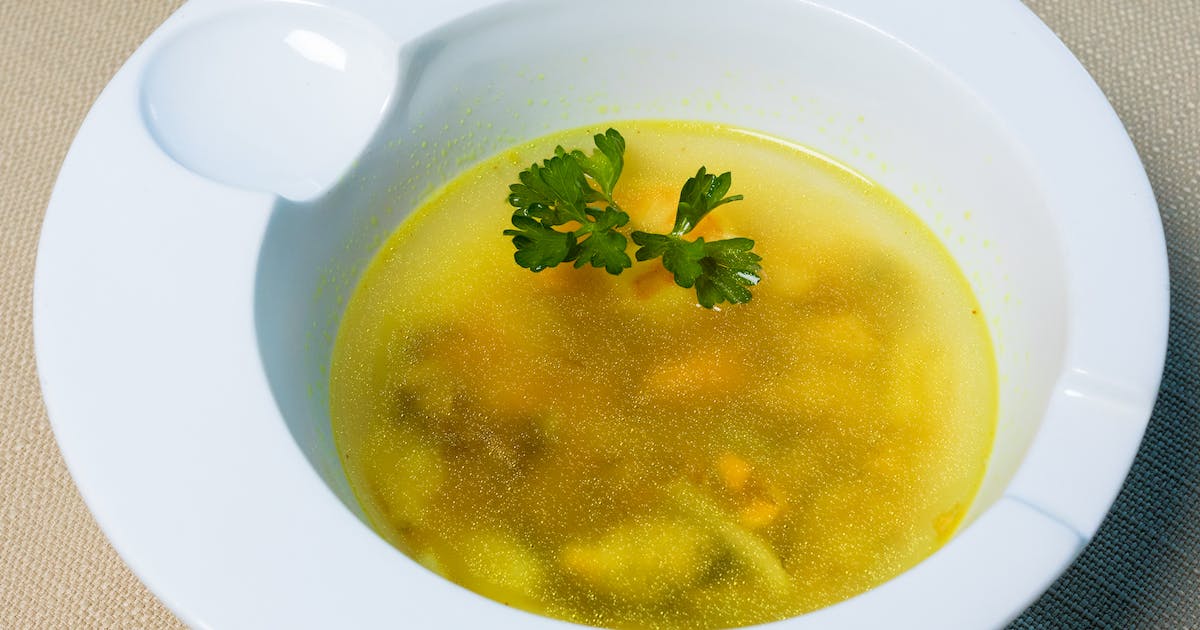
Pop the bones into a pot and bring to the boil, then simmer (the finer details will be available in plenty of broth recipes). Broth from any kind of animal bones is full of benefits; bone marrow will add flavor and it can also help with joint pain and reducing wrinkles.
Revitalize crystallized honey
It can be frustrating to see that oozy honey go all hardened and full of crystals when you like nothing better than a big smear of it on toast, or a dollop in your yogurt. There is good news though – you can save it and enjoy it!
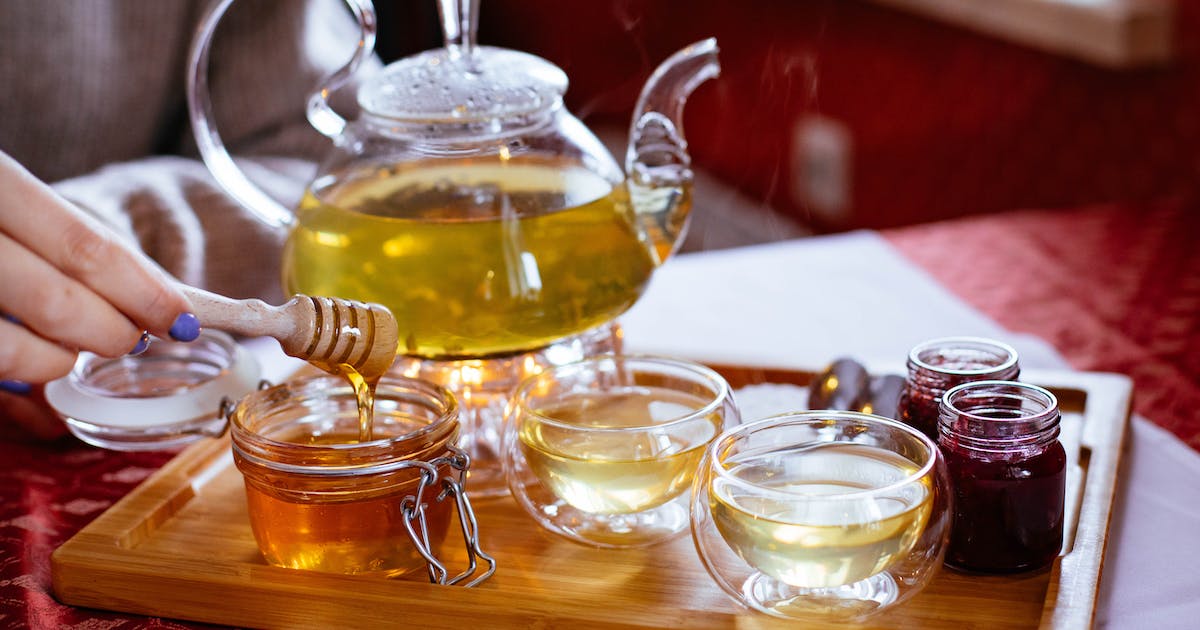
Just boil some water and let the jar stand in it for five to ten minutes. The crystals will break down and you can reach in for that syrupy goodness for your herbal tea. It works every time – but you can reduce the chances of it recrystallizing by keeping it in a cool, dry place.
Try your hand at compound butter
Butter is a staple for many. You can make the most of the last bits or even a spare chunk by adding some flavor with herbs, which are also bought in for cooking and often not used. Compound butter is great for cooking with, especially if you’ve added garlic.
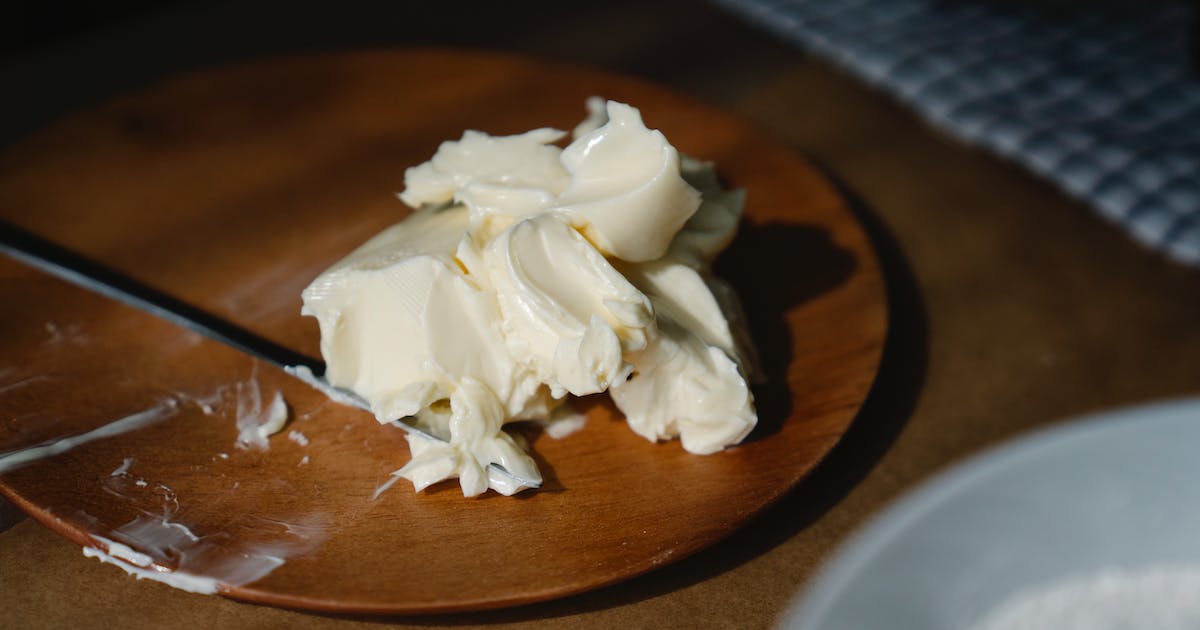
Simply leave your butter out to come to room temperature, so it’s soft and malleable. Then chop your herb remnants or bits of remaining roasted garlic and combine until well mixed. Wrap in wax paper and it will be great in the freezer for up to three months.
Make up a rice bowl
If you find yourself with scraps of meat that are left over and you’re not sure how best to use them, there are some great options. When it’s summer, a quick salad is a good shout. Come winter though, you might prefer soup or a hearty casserole.
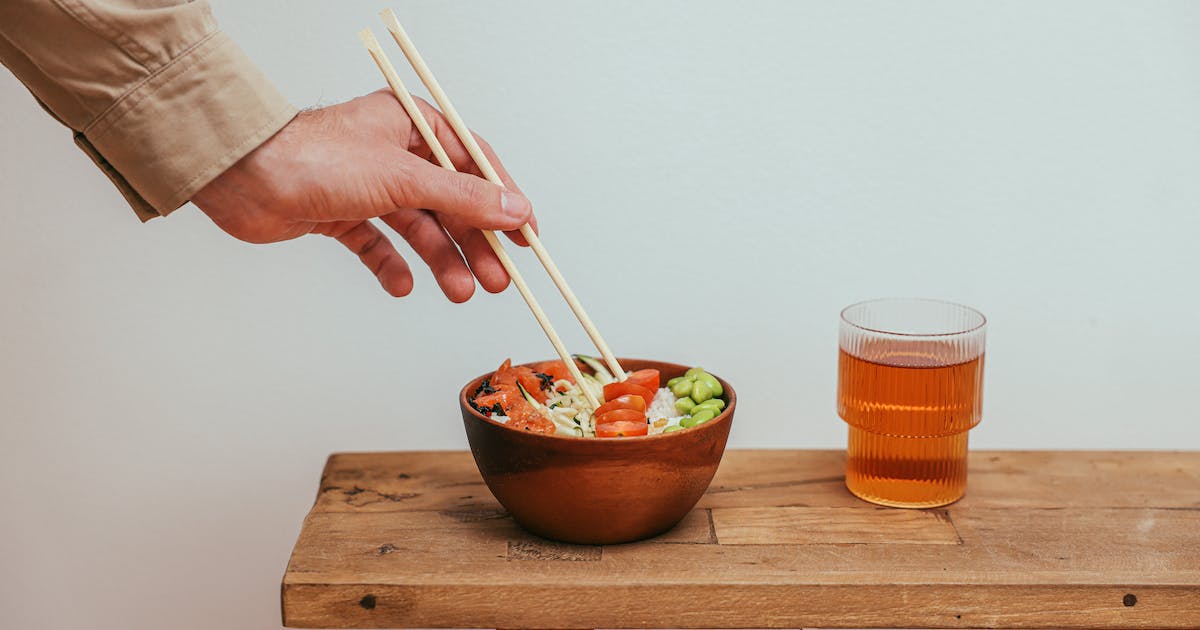
However, if you’re fed up of soups and stews, how about this? Take those delicious little meat morsels (or fish, or cheese, depending on your preferences) and make up a rice bowl, Chipotle style. Some cooked brown rice, some black beans or such and top with some tomatoes and maybe onion.
Enjoy a leftovers night
It’s a regular occurrence for many – you haven’t planned dinner and you’re tempted to get takeout. Hold fire on that, because if you’re smart, you’ve been stashing leftovers in the fridge or freezer. Make space for more, and have an evening of leftovers. It’s a whole new spin on fusion food.
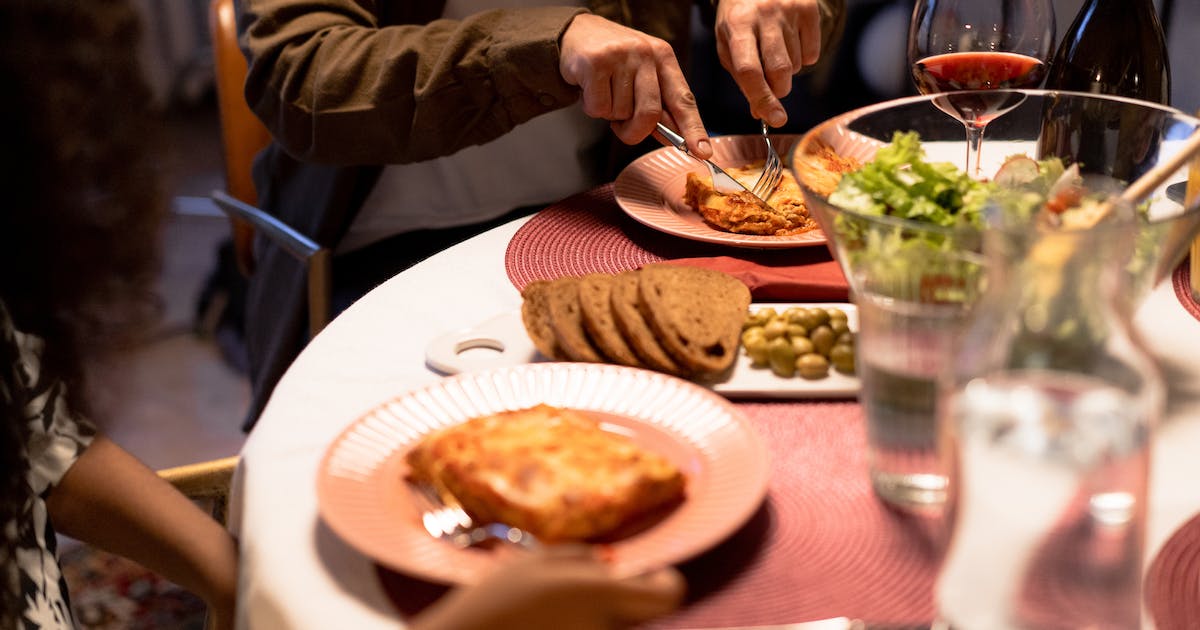
Imagine you’ve got a small portion of lasagna, maybe some vegetable curry, a few slices of bread and a half jar of yogurt, for example. An odd selection but no less delicious. There’s a great mix and match dinner right there, and if you know you made it, you know what’s in it.
Have a go at fritters
If you’ve not heard of them, you’re in for a treat. Fritters are small pancakes made with fruits or vegetables, eggs, flour and herbs. One delicious example are courgette fritters, which are a deliciously easy way to use up any courgettes in your vegetable drawer.
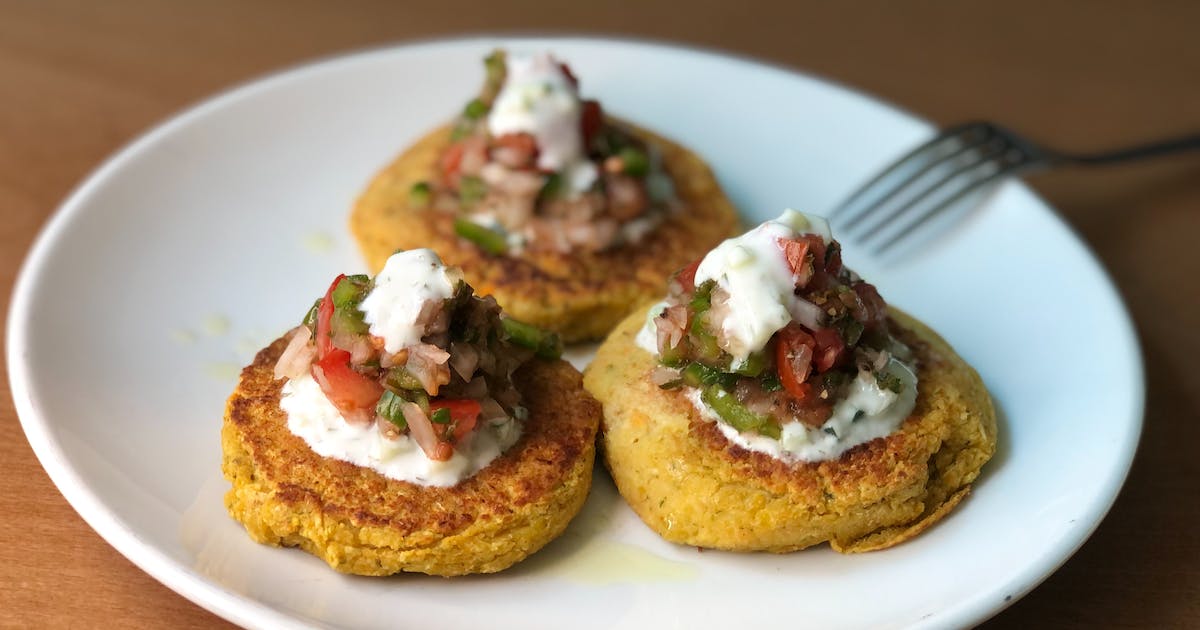
You can make fritters in a few minutes, and they’re a great addition to your main dish or as a light lunch or supper. Simply grate or spiralize the courgette, squeezing out the excess moisture, and then add to a couple of eggs and some self-raising flour. Fry as little patties to make your fritters.
Tired vegetables make great roasted veggies
Loads of people have a few sad carrots or a sorry looking bell pepper lurking in their fridge draw. Fresh vegetables are so good, but if you don’t get round to using them, try roasting them instead of giving up on them. Any combination will do, and it’s so easy.
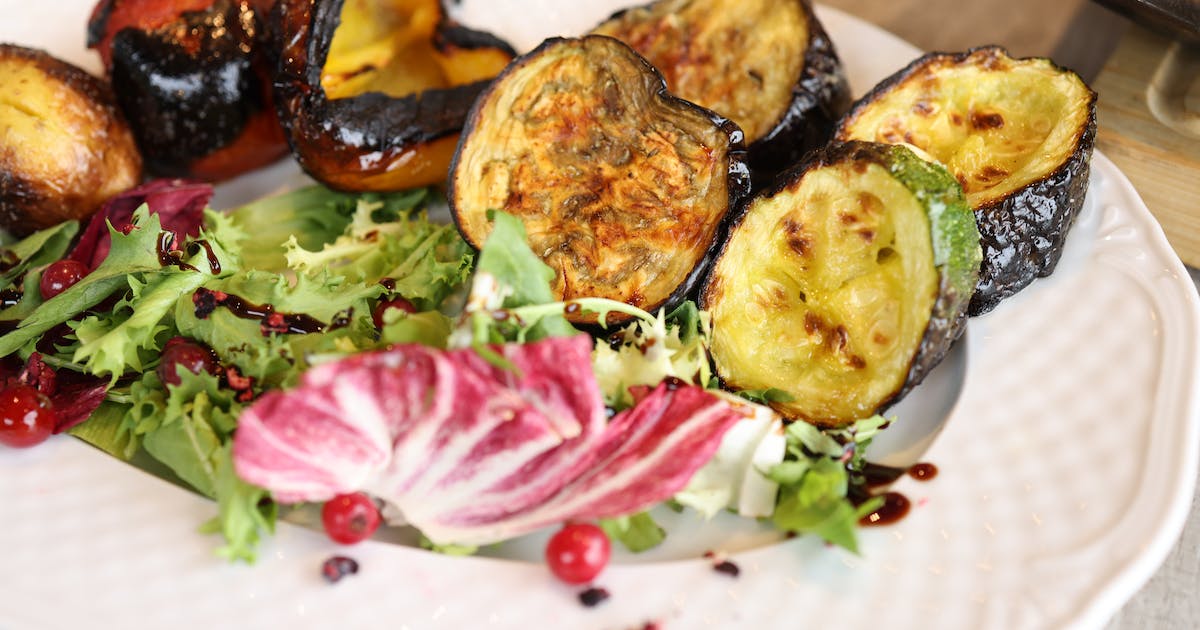
Chop, drizzle with olive oil and add some salt and optional herbs, roast for 30 – 45 minutes, then leave to cool. You can freeze them, and it will save you time in future – and help that food bill. And there are no rules about what you can or can’t use.
Rustle up a leftovers curry
Curries are a brilliant way of making use of leftover scraps of meat with very little hassle. Loads of curry recipes call for store cupboard staples including spices, and it’s easy to lay your hands on the odd onion and maybe some yogurt or herbs to garnish.
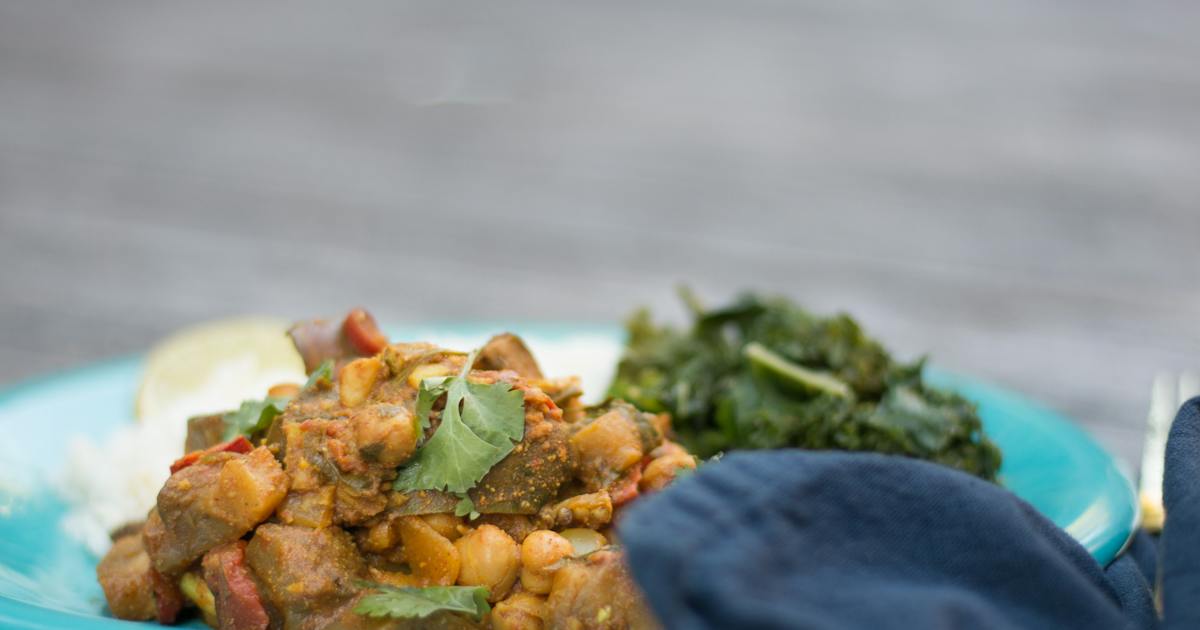
The joy of curry is that it’s all in the spices: you can chuck it all into one pot and leave on the stove with next to no effort. Frying off some chopped onion and fragments of meat or fish – cooked or raw – then add the spices and stock; hey presto, a delicious dinner.
Past-its-best wine is still useful
It might seem hard to imagine that wine could be left over rather than enjoyed, but it does happen. Plus once it’s started to oxidize, it’s a lot less drinkable. Even then, it can still add flavor and fun to your food, or you can use it to make mulled wine.
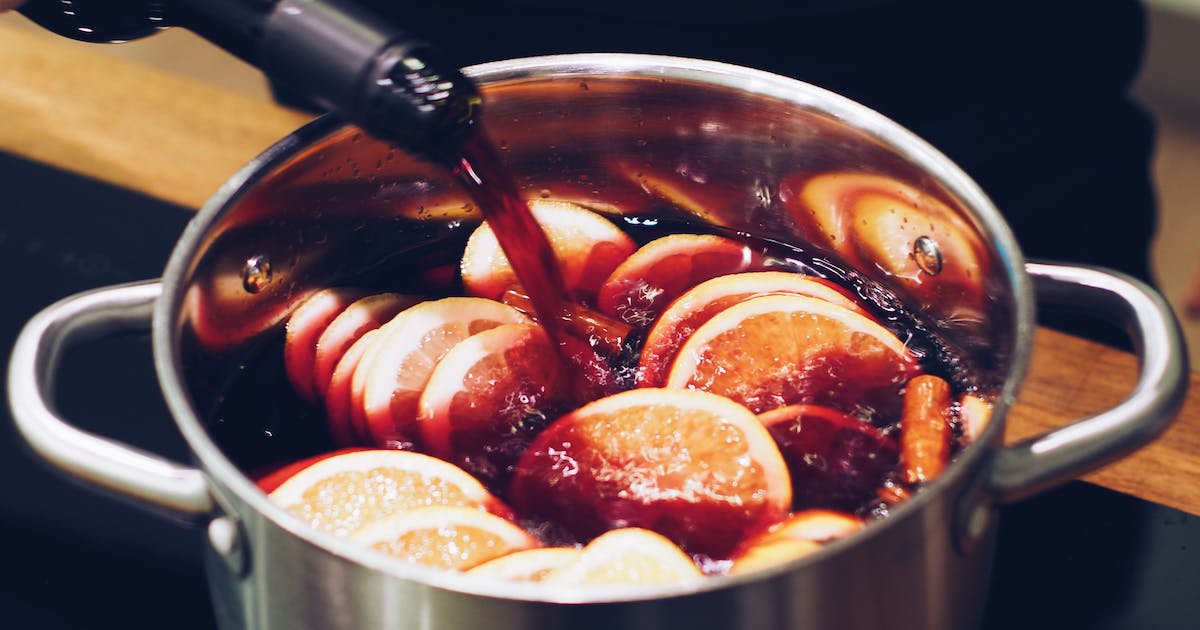
You can use wine to add a zing to dishes such as coq au vin. Alternatively, it can be added to a casserole for extra flavor, even if it’s too vinegar-like to enjoy as a glass. You can even use it as a glaze in a pan to you fry off steak, chicken, or vegetables.
Turn day-old mash into gnocchi
The Italians are culinary geniuses, no doubt about it. Who’d have thought you could make a scrumptious dinner out of small balls of potato? Well, that’s gnocchi – and you can do it using leftover mashed potatoes. The French use it to make croquettes – they’re pretty good at food too.
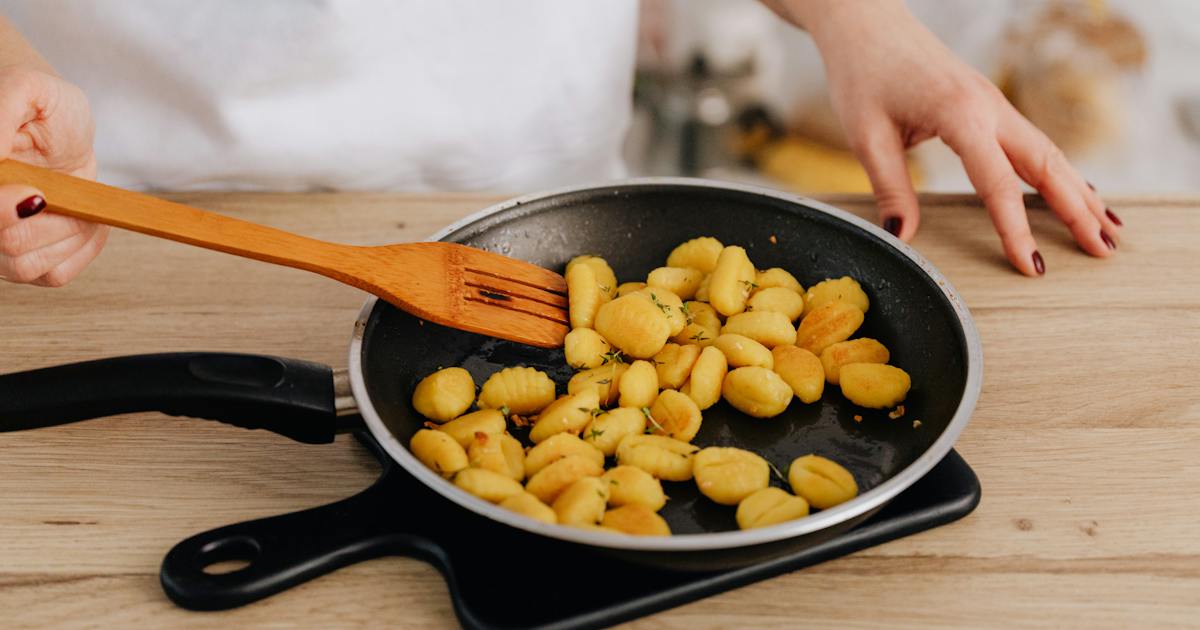
All you need is to take your unappealing mash and add an egg, some flour and a pinch of salt and voila, homemade potato dumplings ready to be boiled for just a few minutes and served with your favorite pesto or sauce. How much easier could it be? Find any recipe and see for yourself.
Egg fried rice is leftovers’ best friend
How often have you ordered egg-fried rice as part of your order for Chinese food, or eaten it at a restaurant? It’s so good – and so easy to make it home. This is such a good leftover food option, you’ll wonder why you didn’t try it before if you never have.
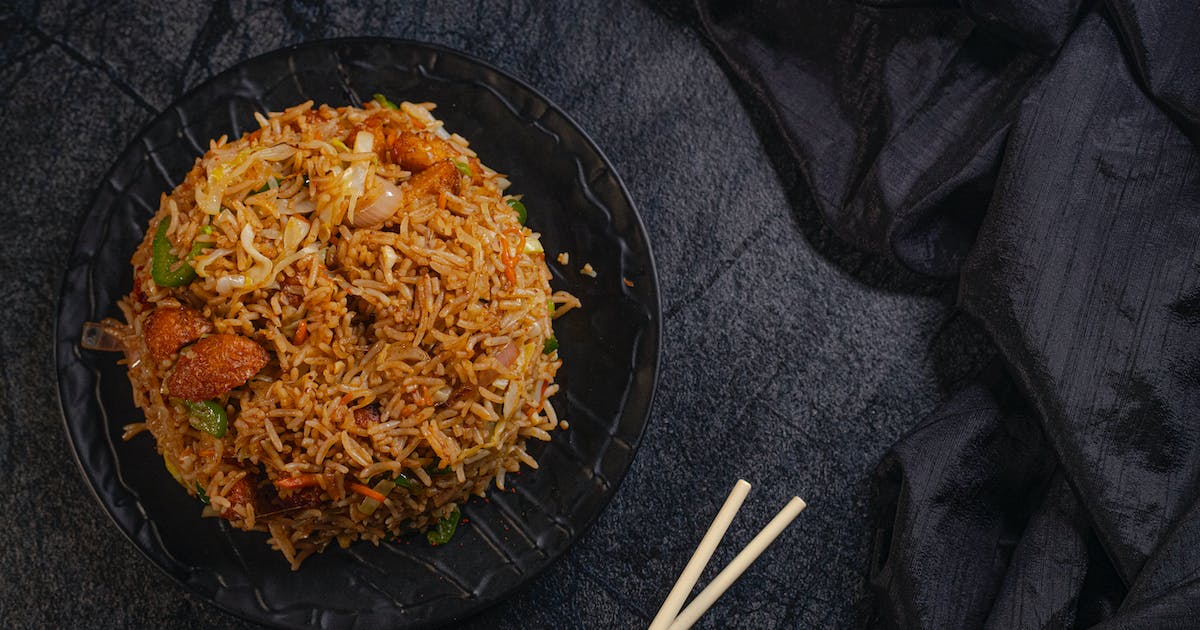
Last night’s remaining rice can be fried in a pan with pretty much whatever you’ve got kicking about. Obviously you’ll need an egg, but thereafter you can chuck in whatever – cold peas, sweetcorn, bits of ham or turkey, literally any little bits that don’t make a meal alone can go in to make a meal.
Stuffed vegetables … the stuff of dreams
One of those dishes that you find yourself pondering why you hadn’t made it sooner, once it’s in your repertoire, vegetables stuffed with something are fantastic. Bell peppers are the obvious choice, but you can stuff a large mushroom, an eggplant, a sweet potato – if you can hollow it out, you can stuff it.
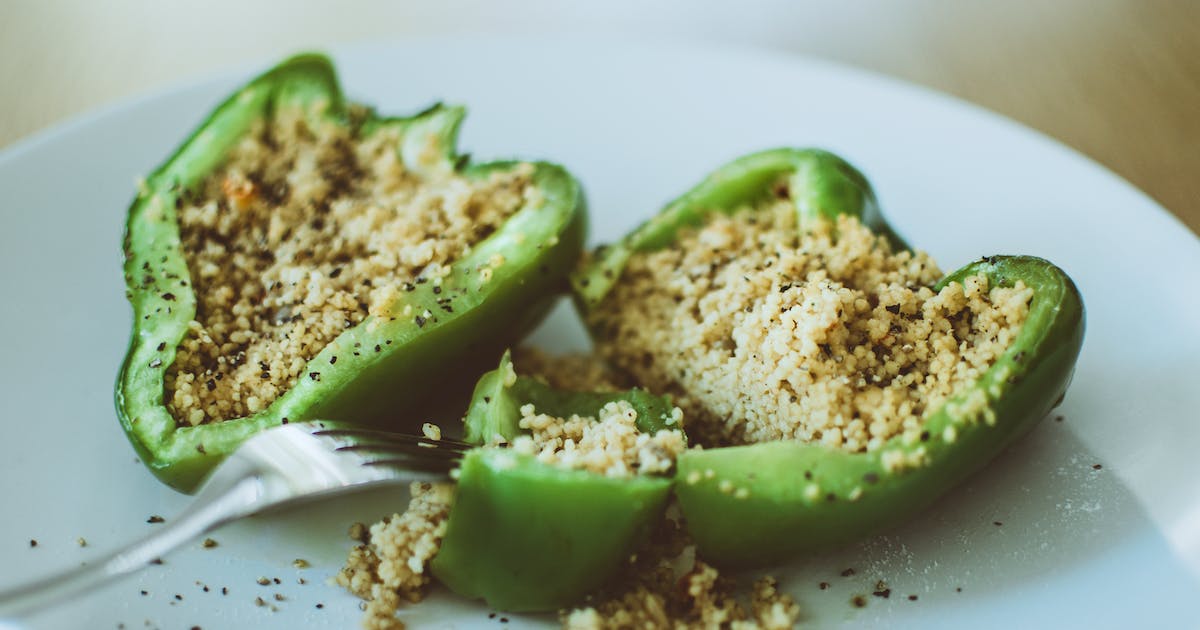
What do put in? Well, whatever you like, but suggestions include mixed rice, Bolognese sauce, a nice three-bean chili … heat in the oven and top with cheese (if you wish), it’s only limited by your imagination. Or what you’ve got leftover in your fridge, freezer etc. It’s a whole new leftovers world.
Flaked fish become great fishcakes
Fish isn’t everyone’s favorite – some hate it. However, for the fish lovers among us, a good piece of cod or salmon is divine. The challenge with fish comes with leftovers, though – it’s hard to use leftovers in an appetizing way. So here comes the answer – fishcakes.
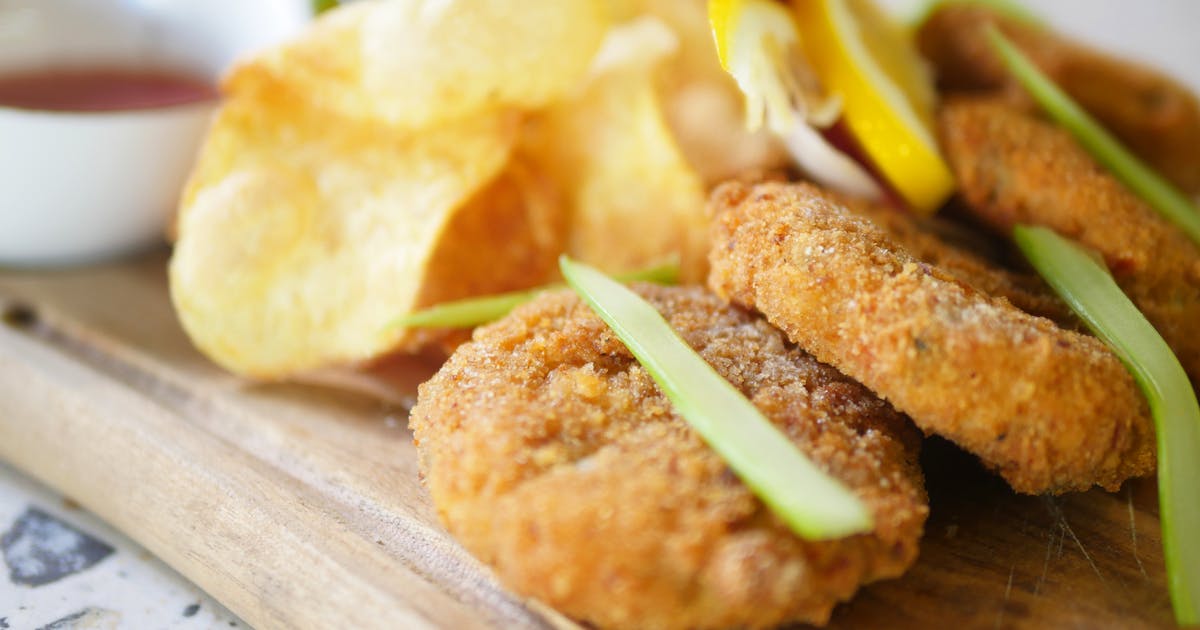
Simply use a fork to flake the fish and mix it with eggs, maybe some leftover mashed potato, some mayonnaise and seasoning. Coat in some breadcrumbs and cook. You can bake or fry them, and they’ll taste great – whilst using up the remaining fish easily. It’s a bonus when leftover fish doesn’t seem worth saving.
Don’t chuck out old BBQ food
It seems to be the way every time there’s a BBQ – too many uneaten burgers, hot dogs and kebabs. The great news is that a cold burger patty can very readily be repurposed into something else delicious, and you don’t even need to fire up the barbecue again.
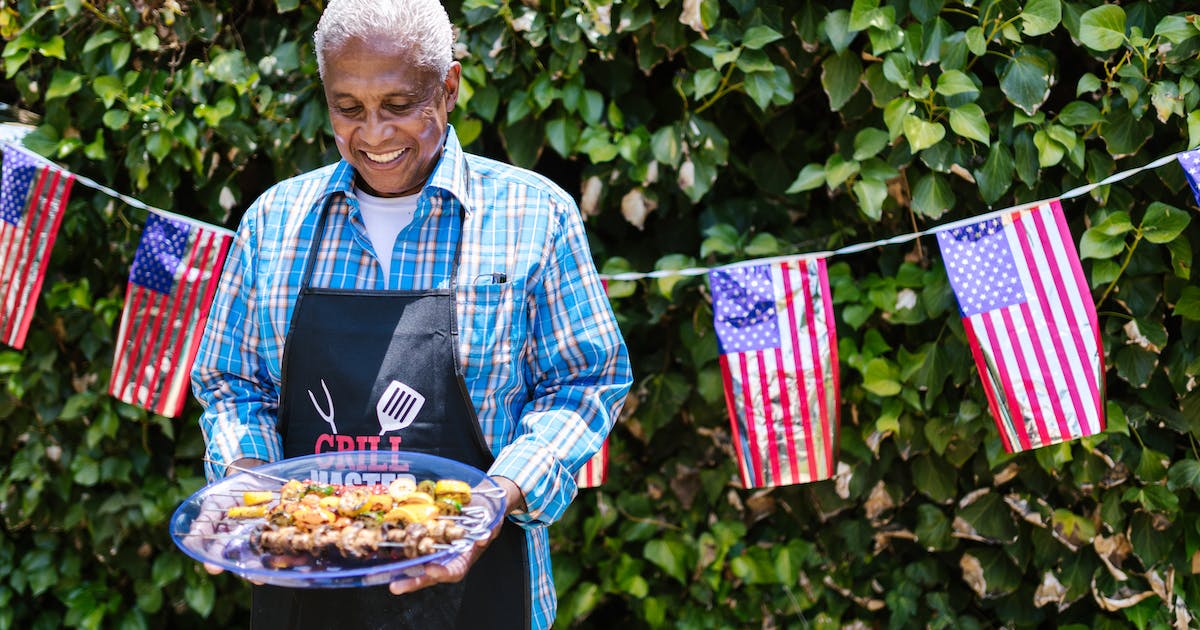
Patties can be chopped up and made into a meat sauce, with only a tin of tomatoes and a bit of herb flavoring. Sausages can be chopped up for a pasta bake or made into sausage casserole. Kebabs become a source of protein and veg for all kinds of dishes.